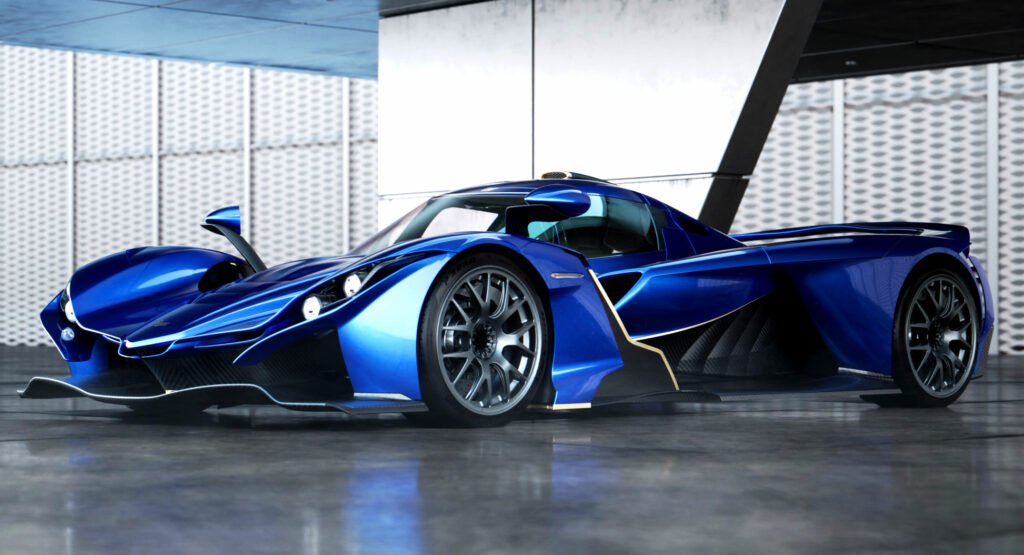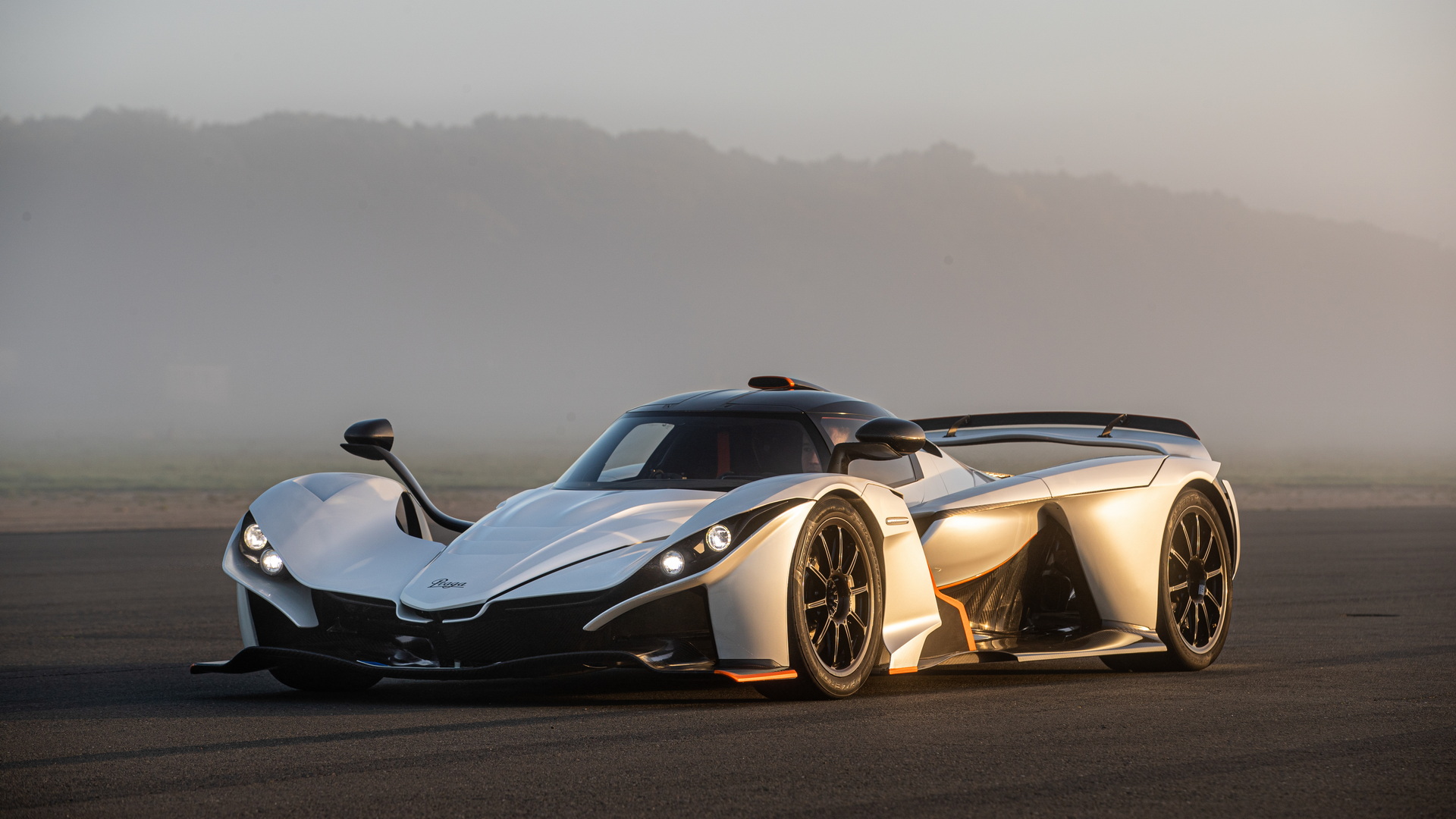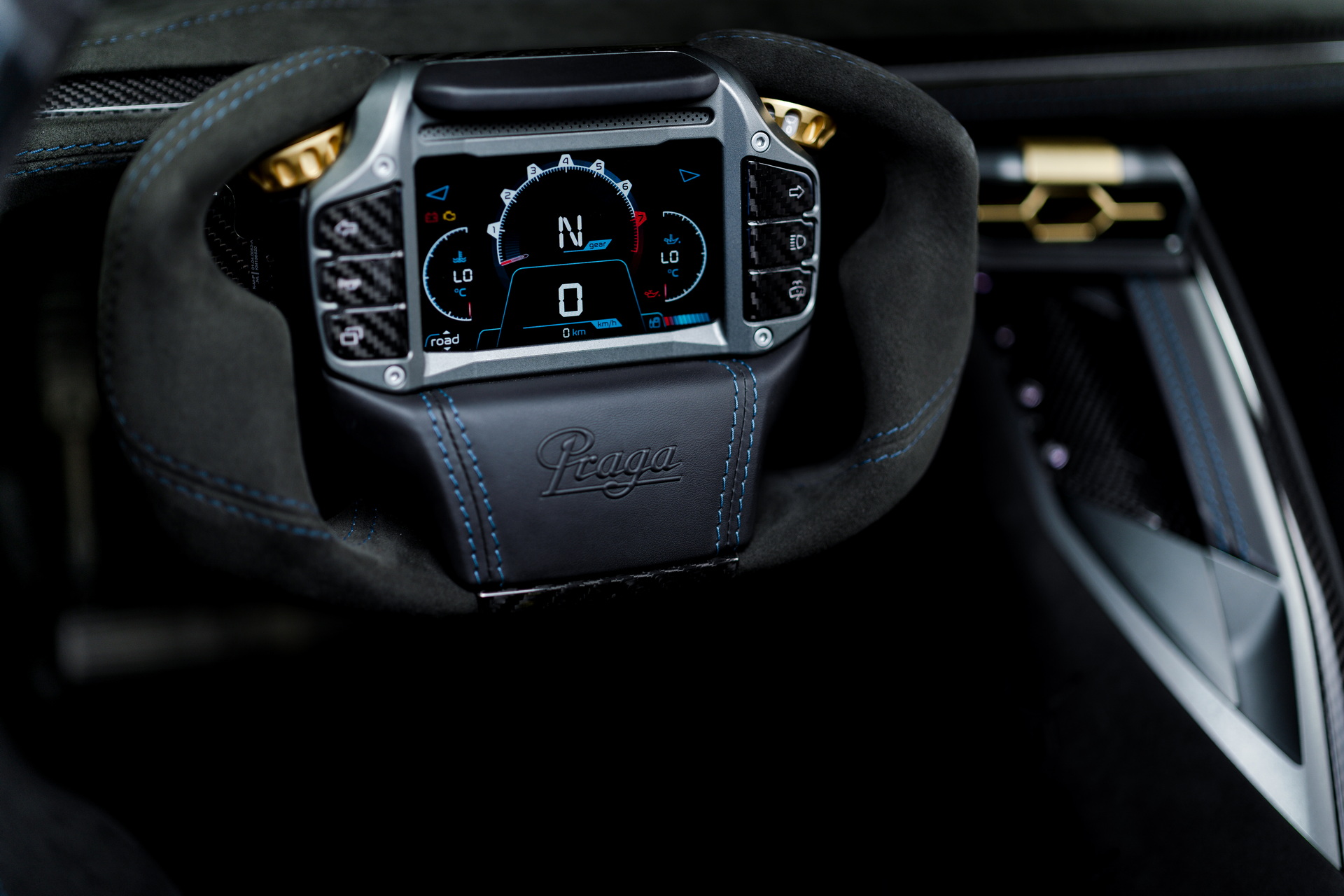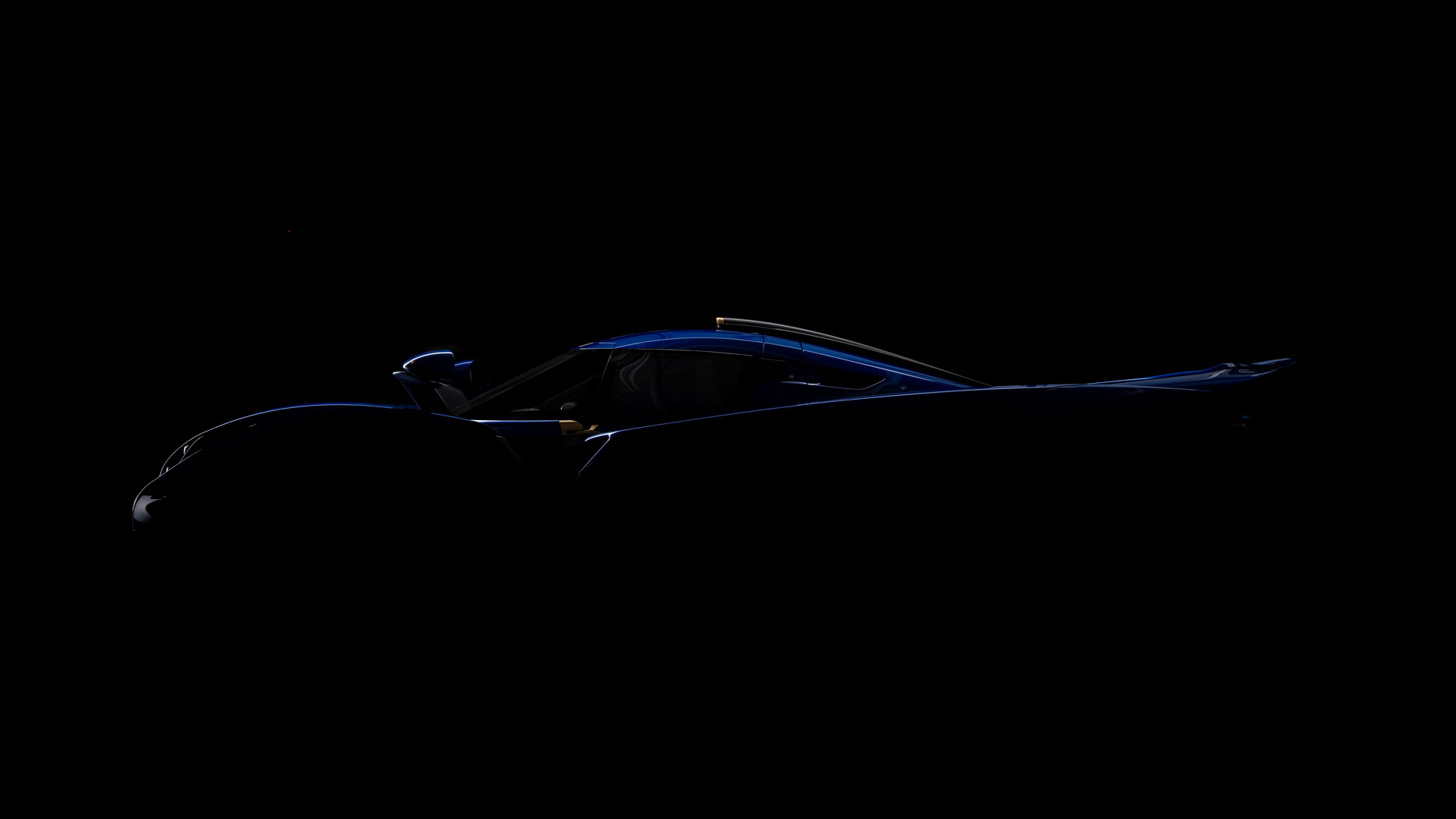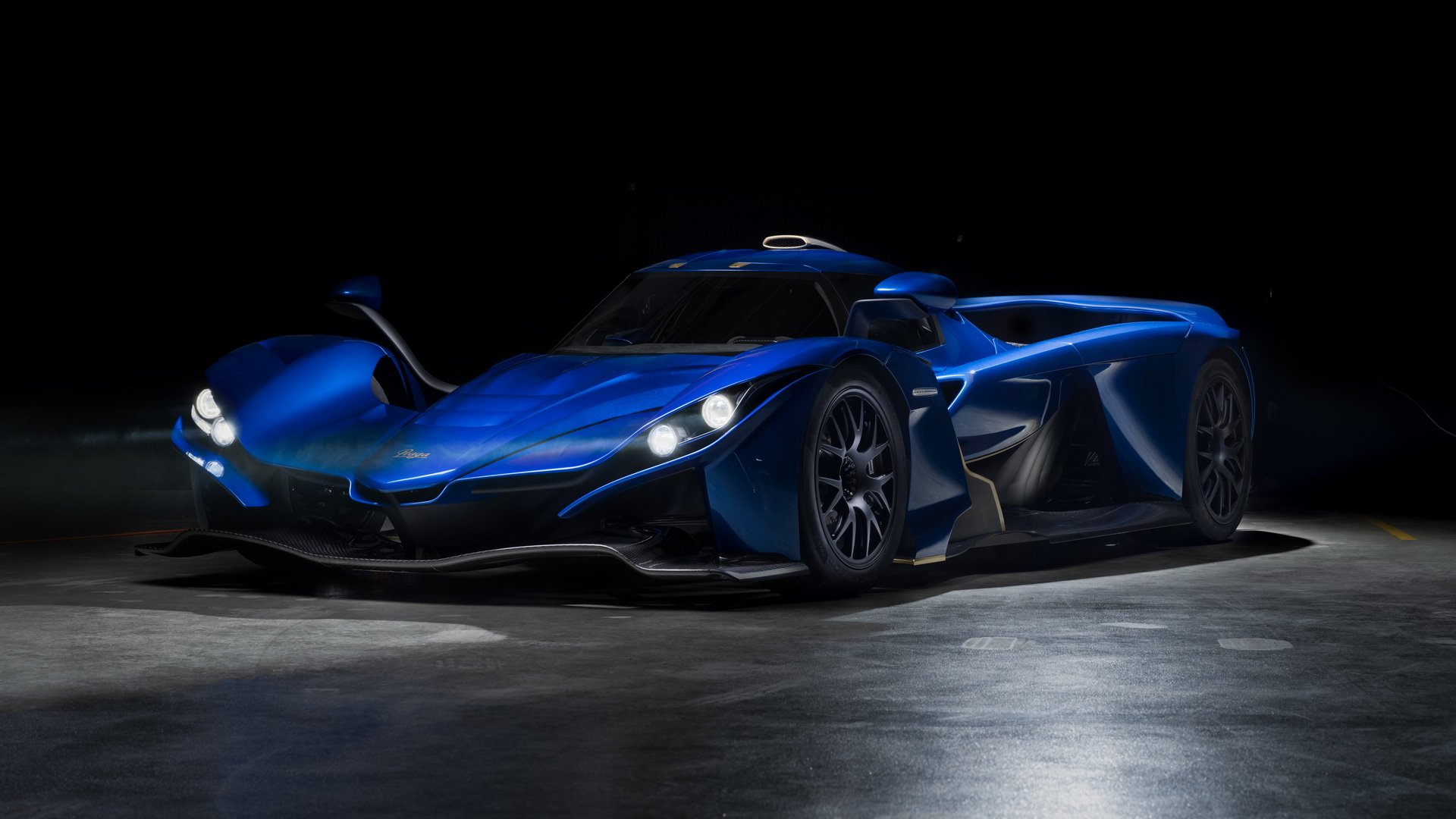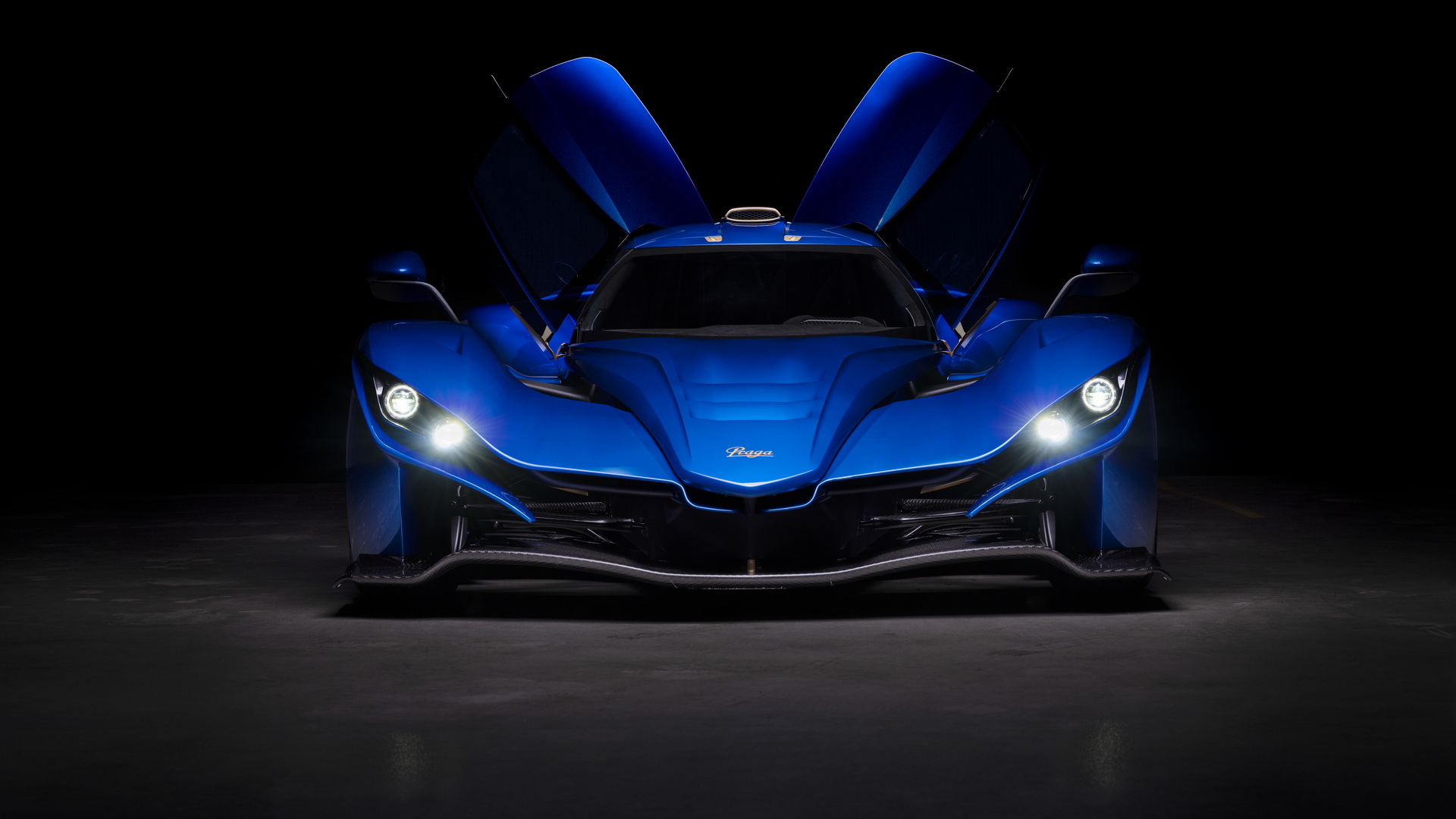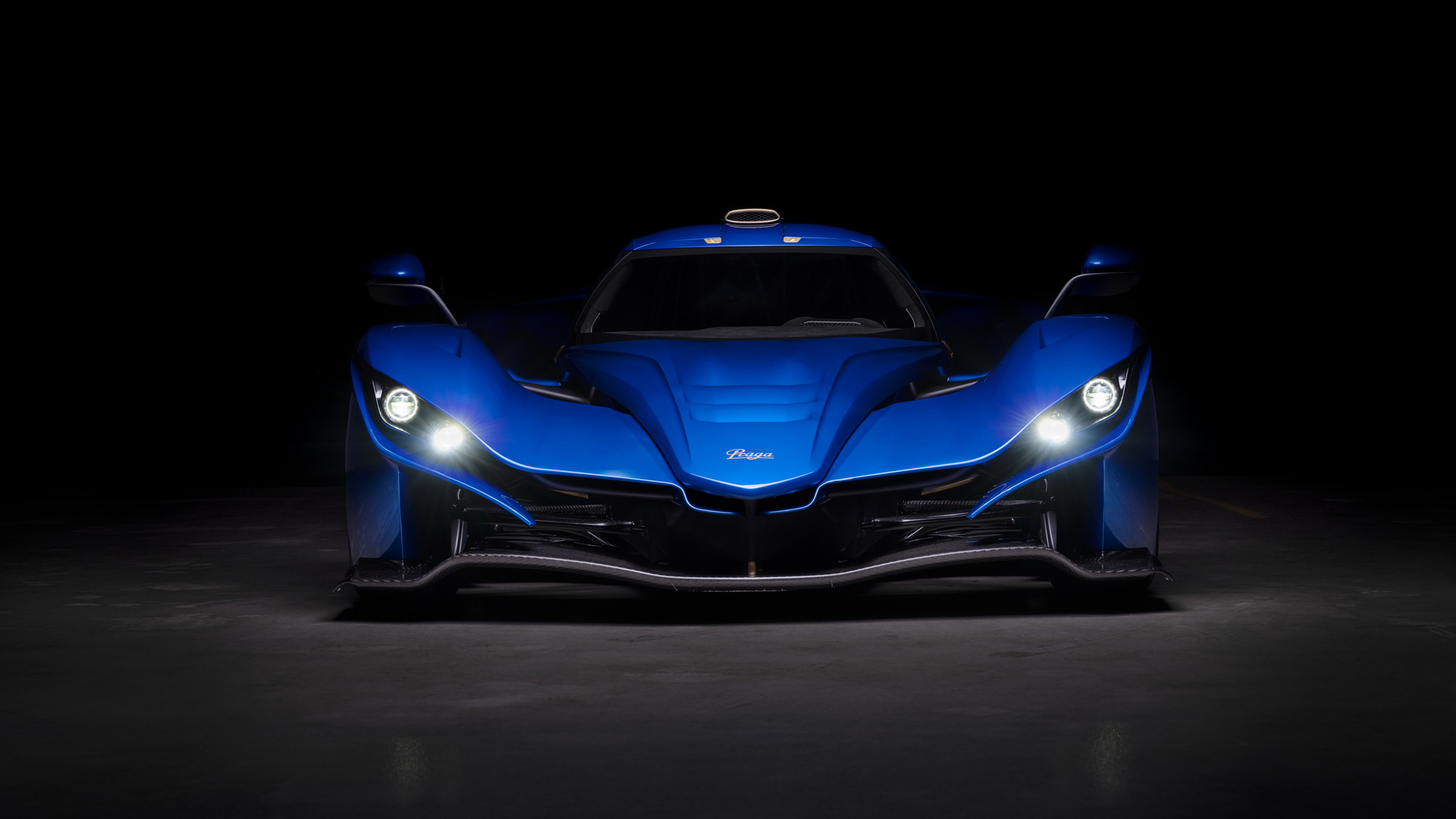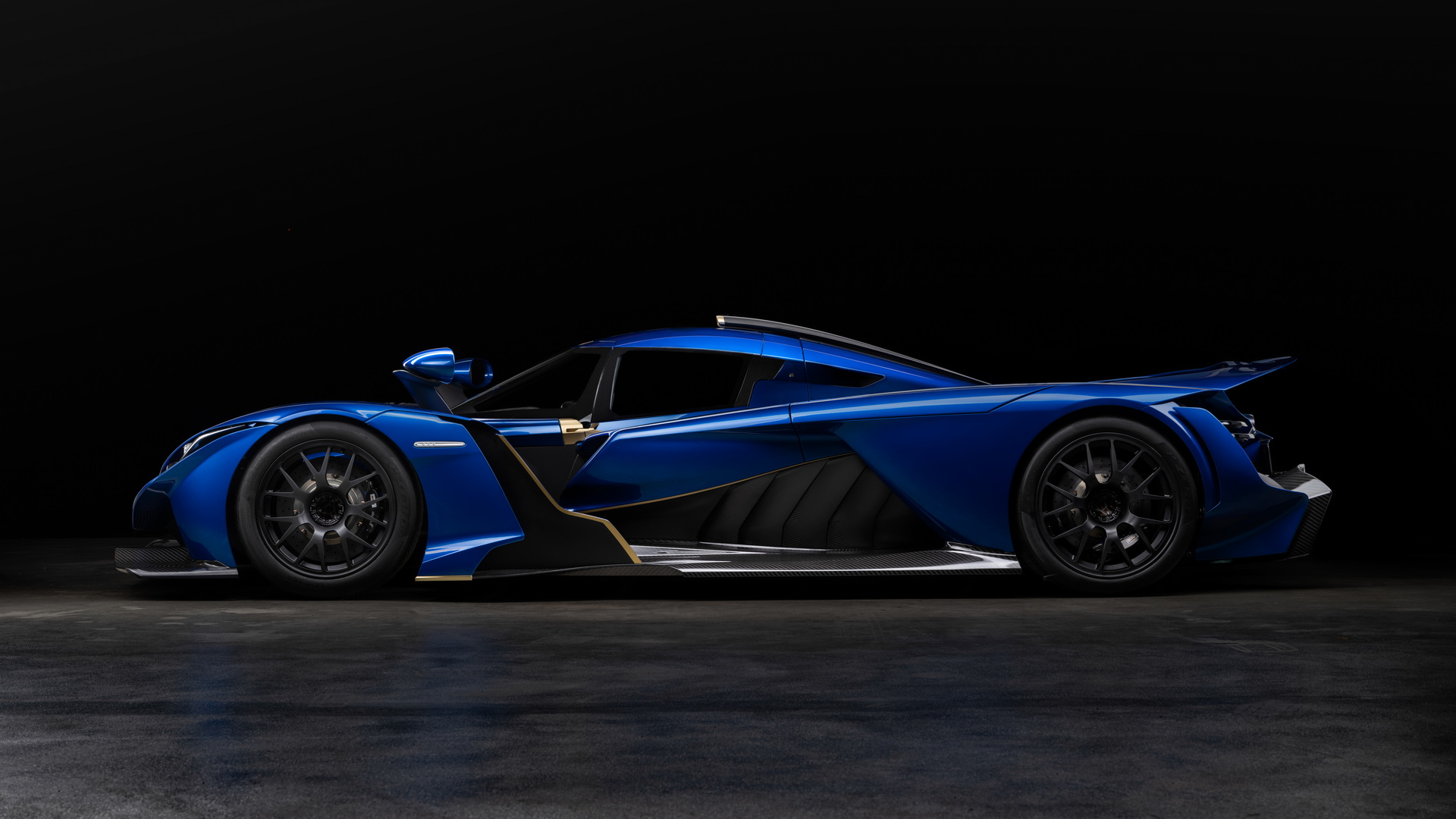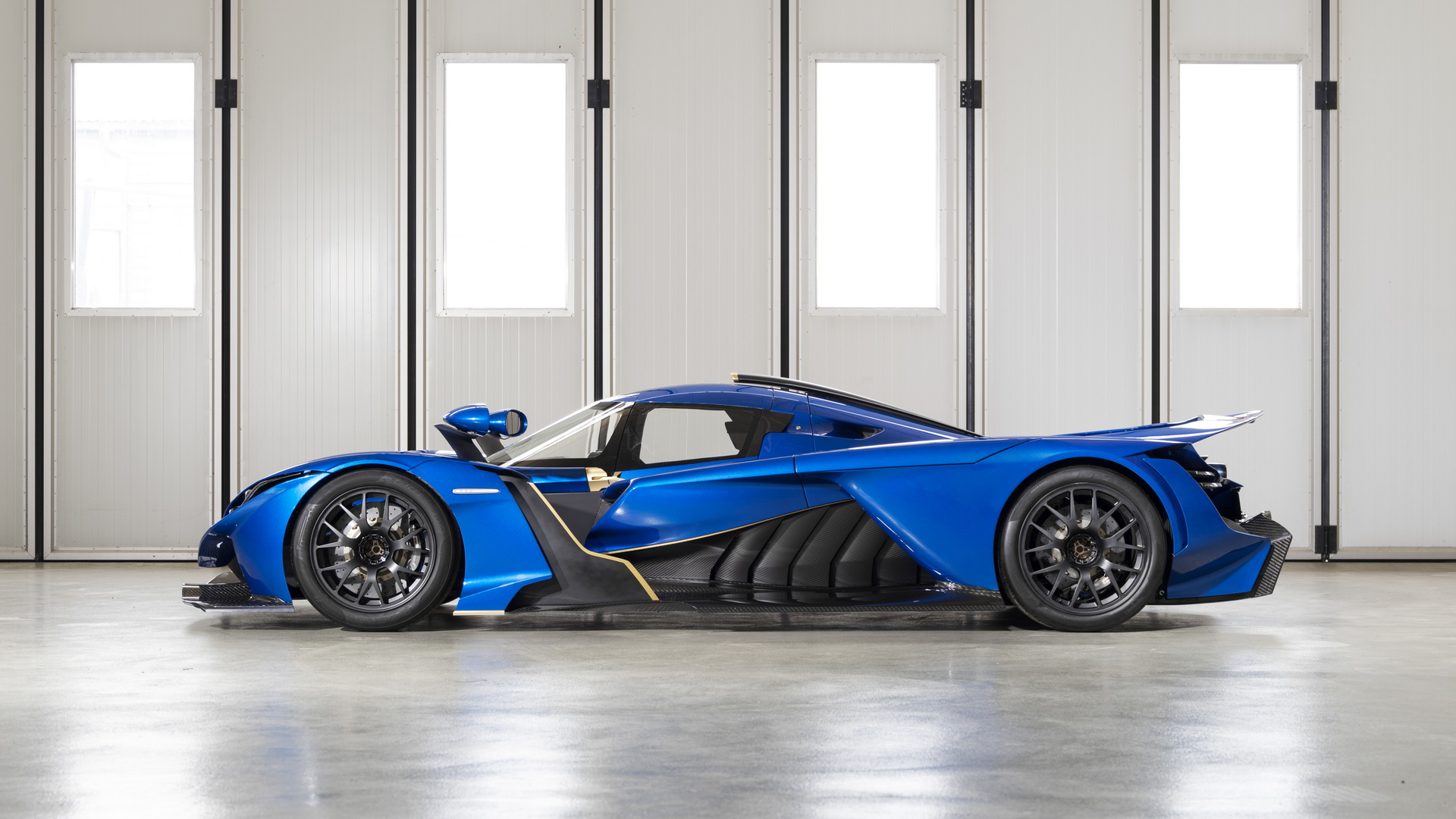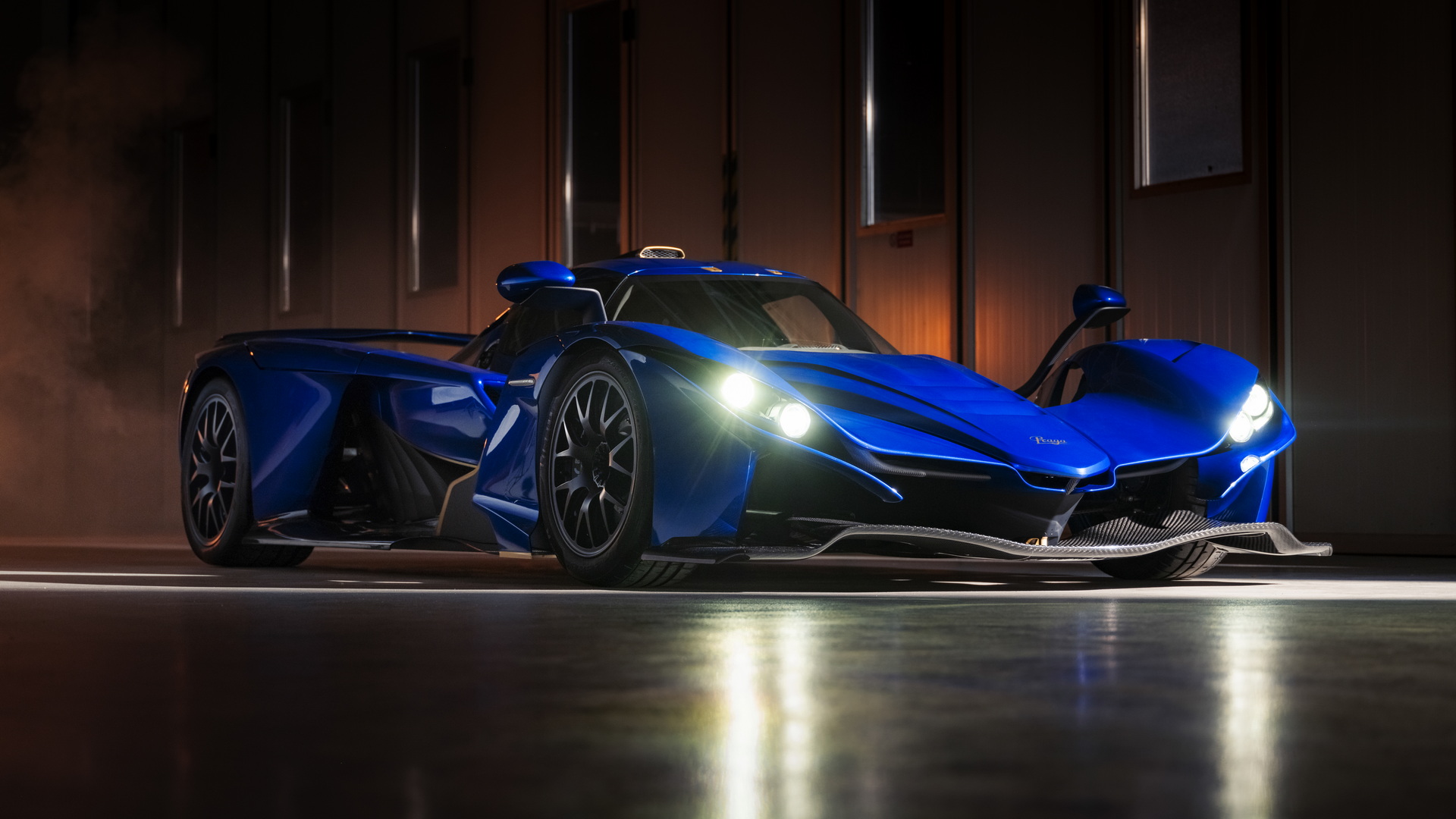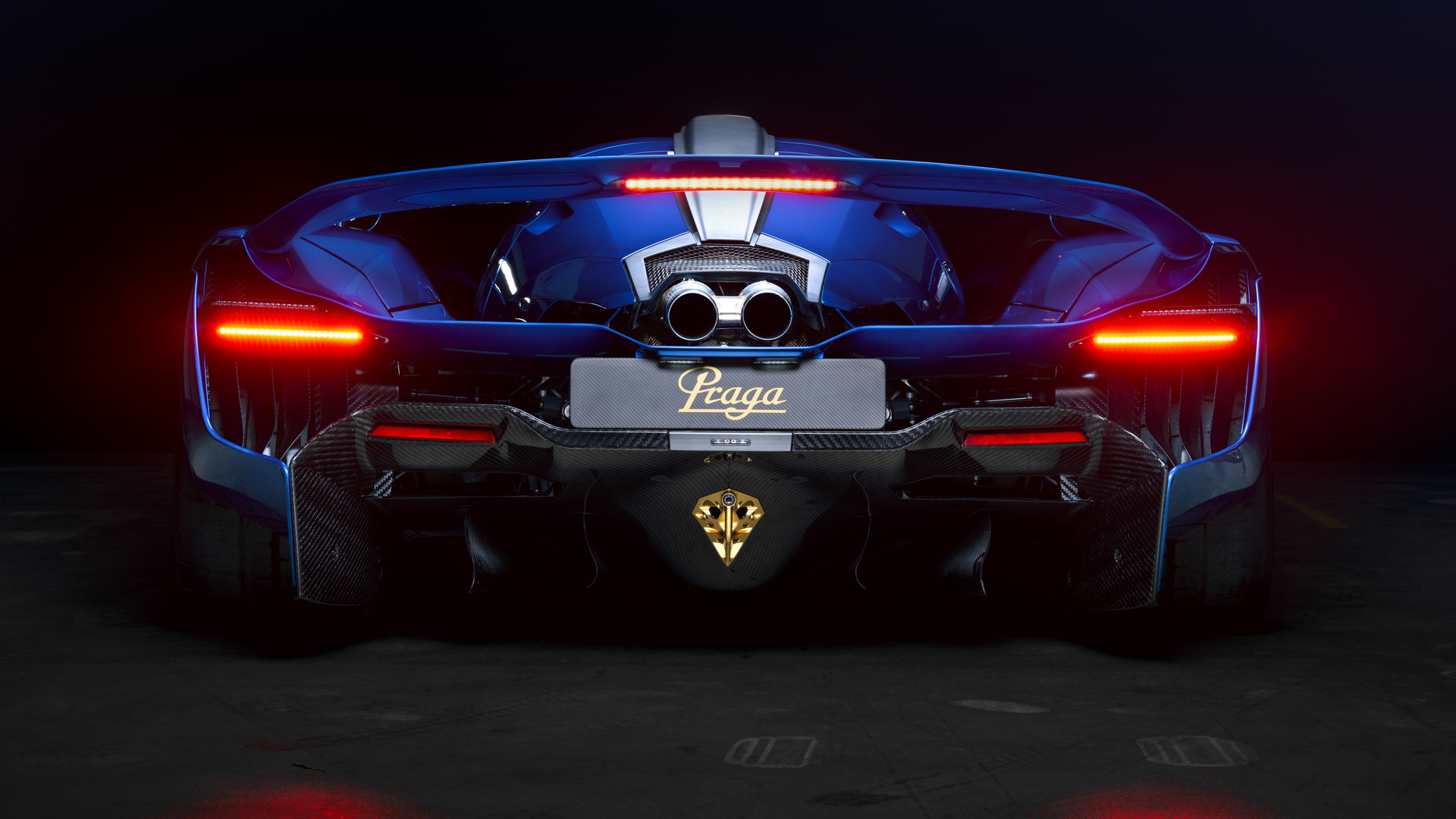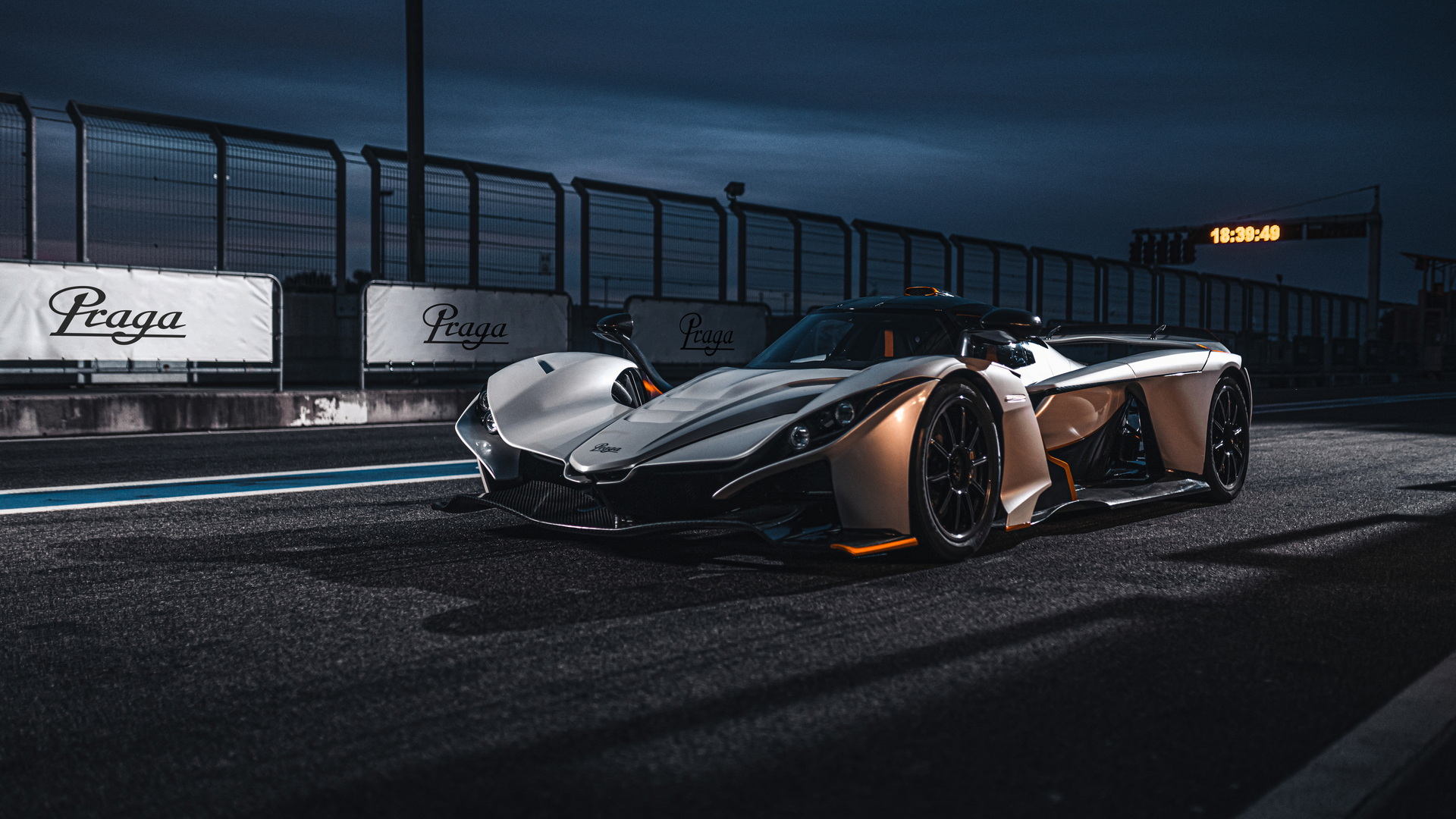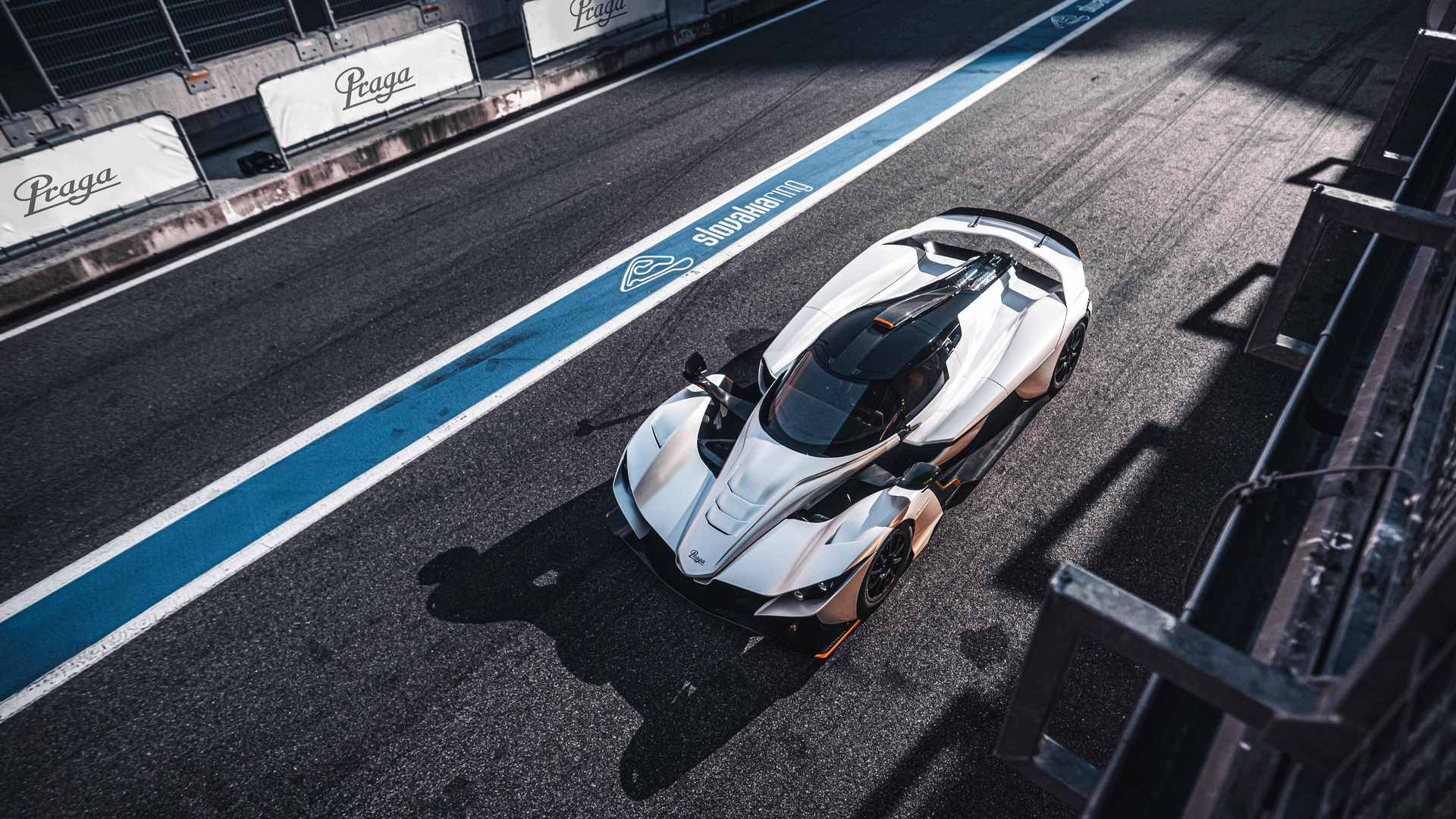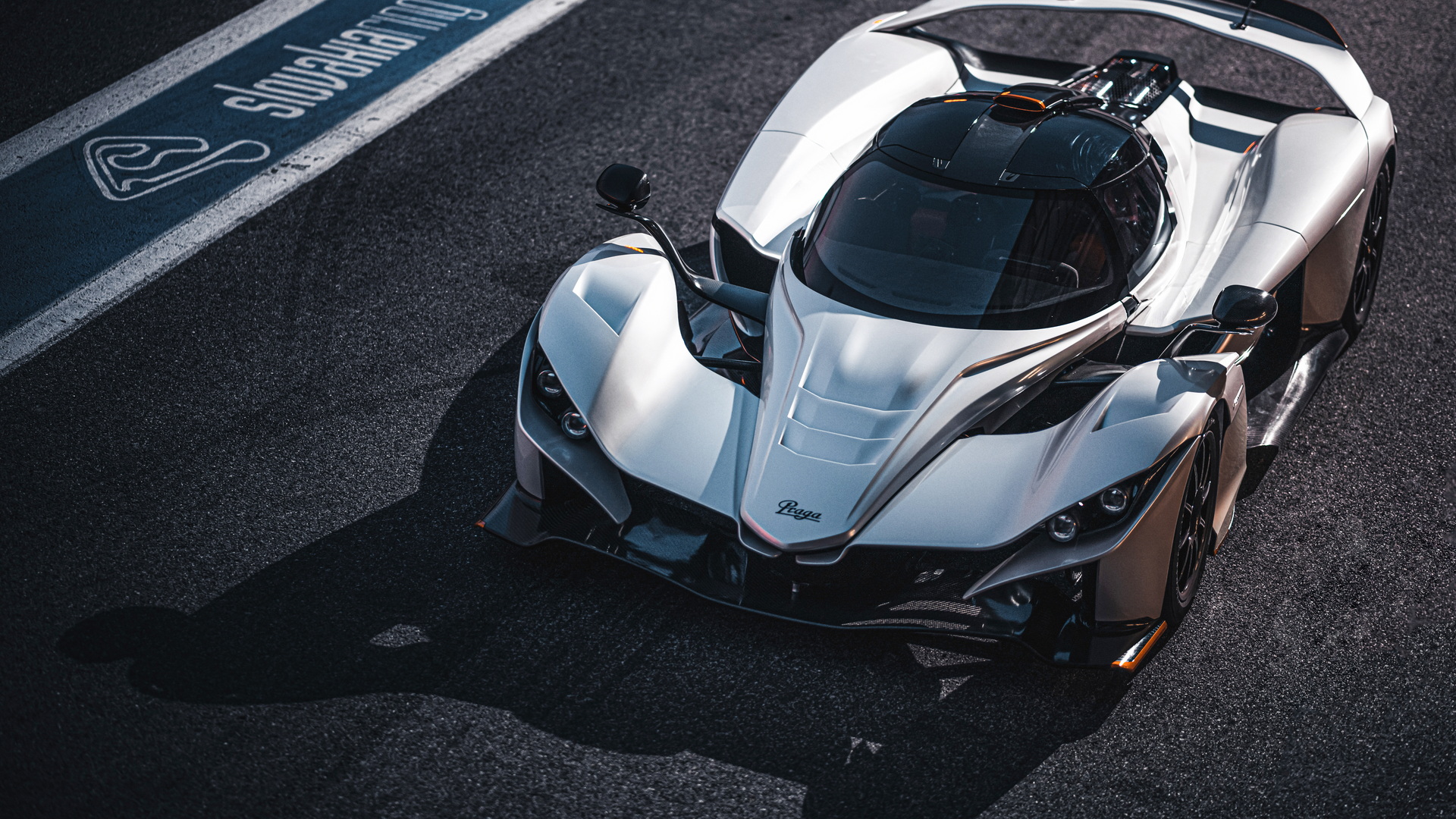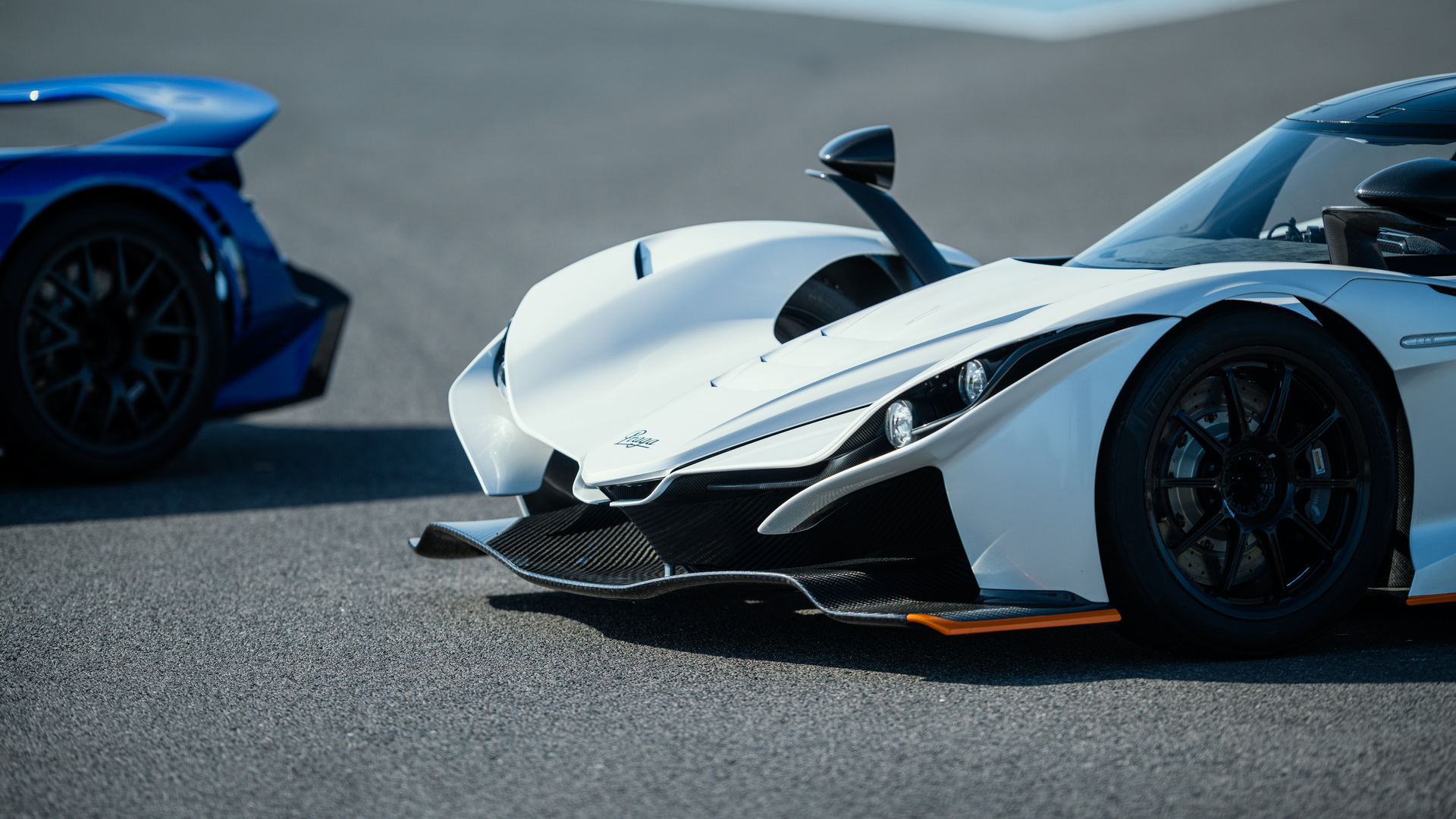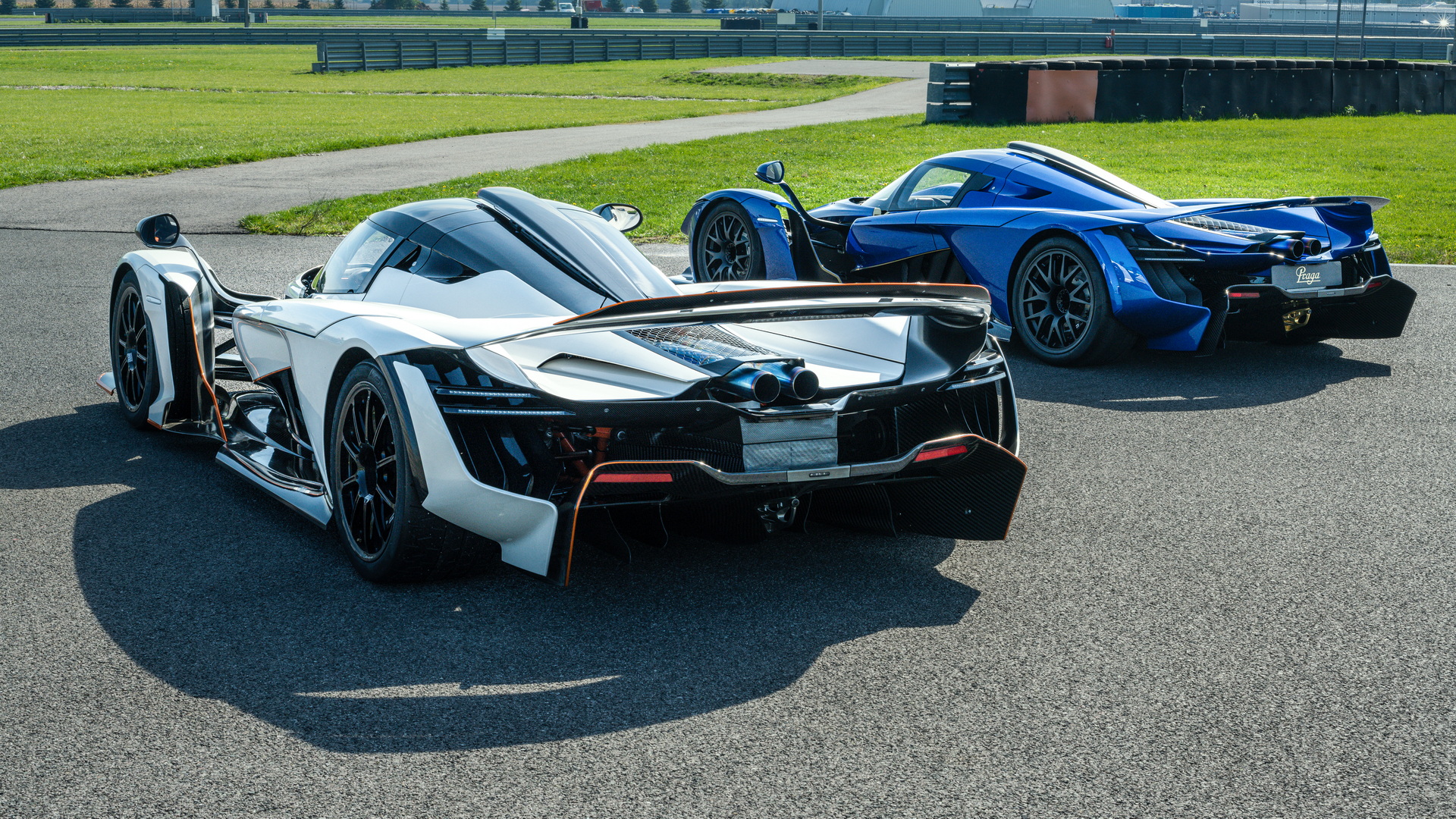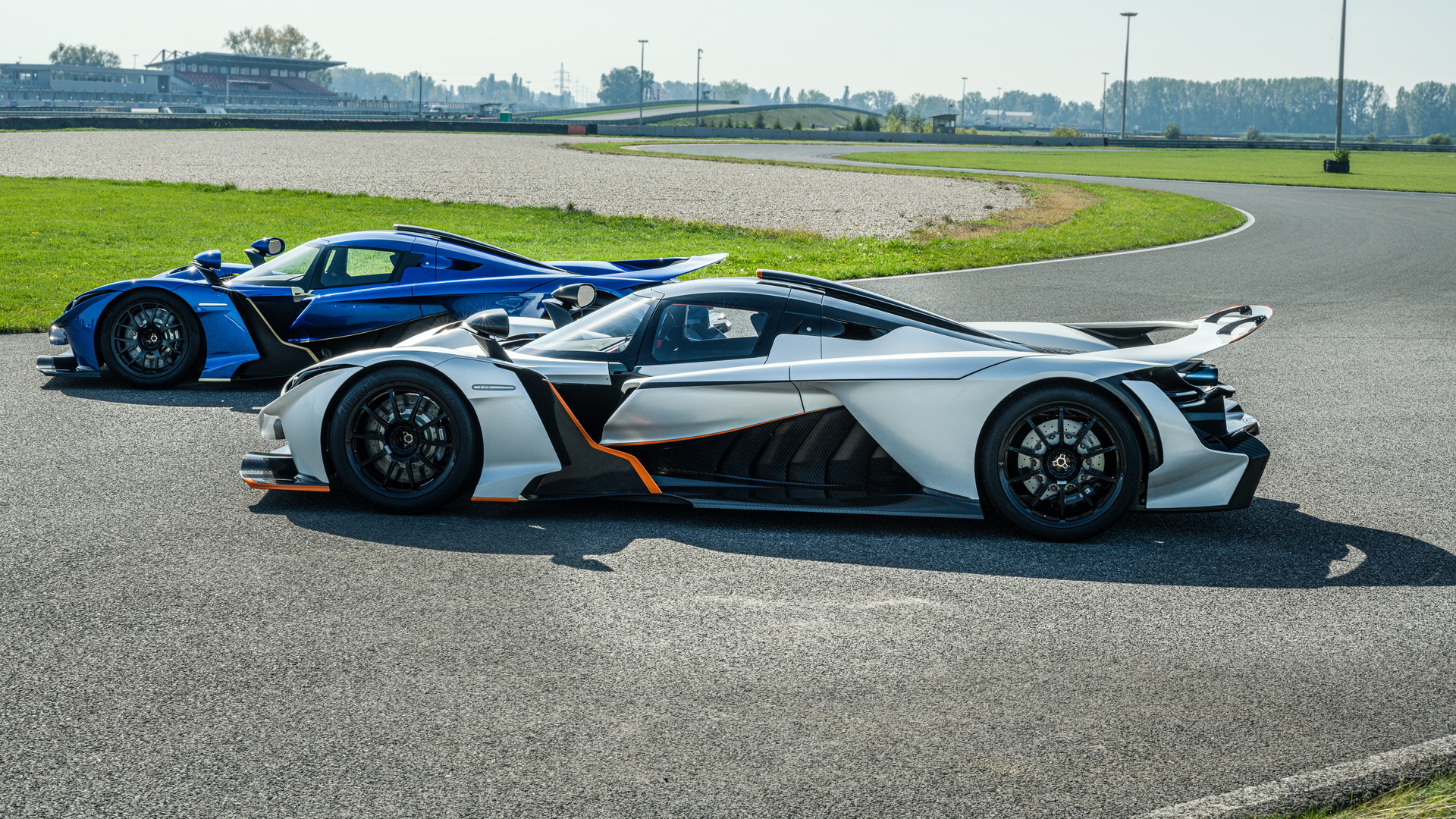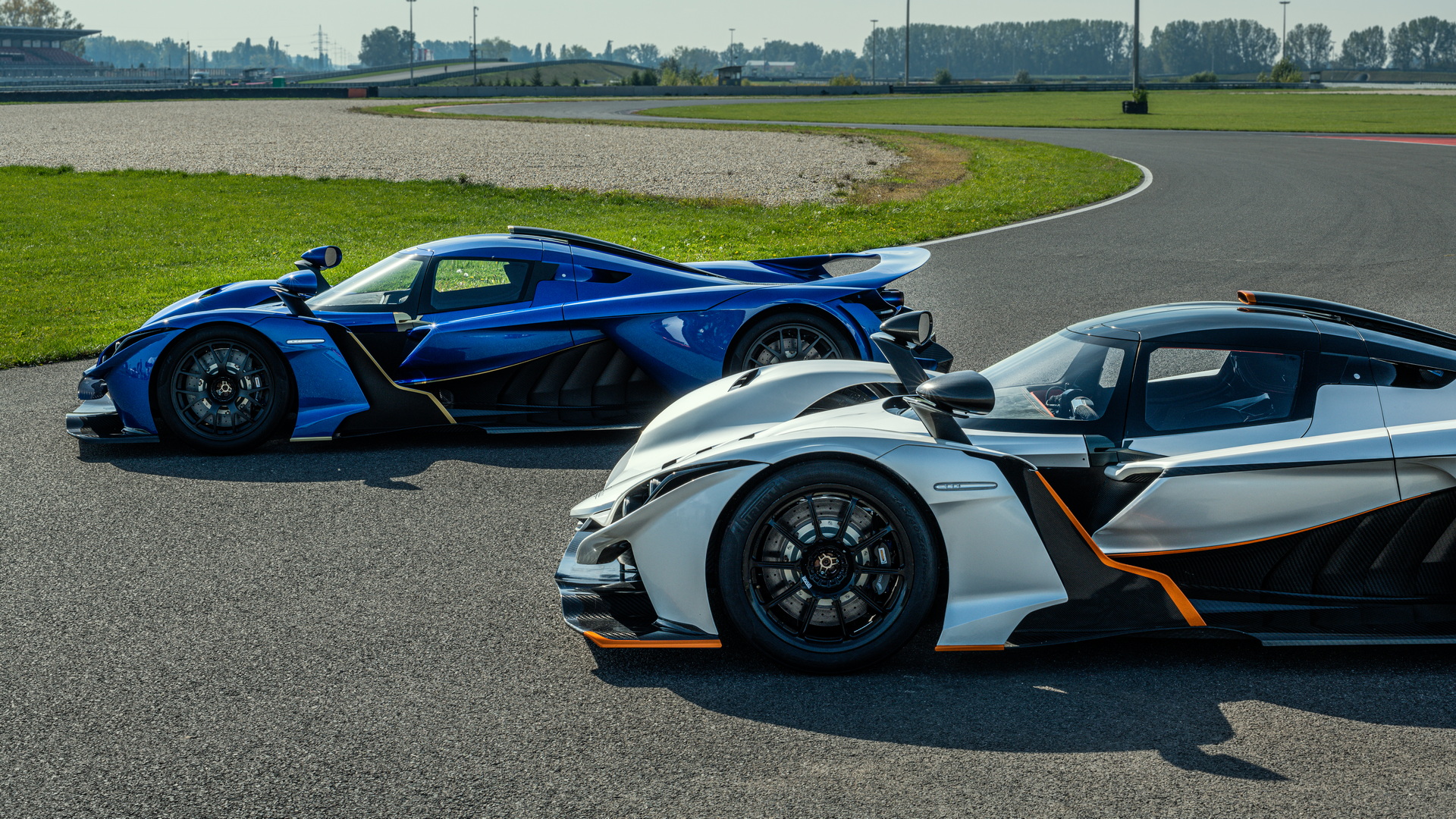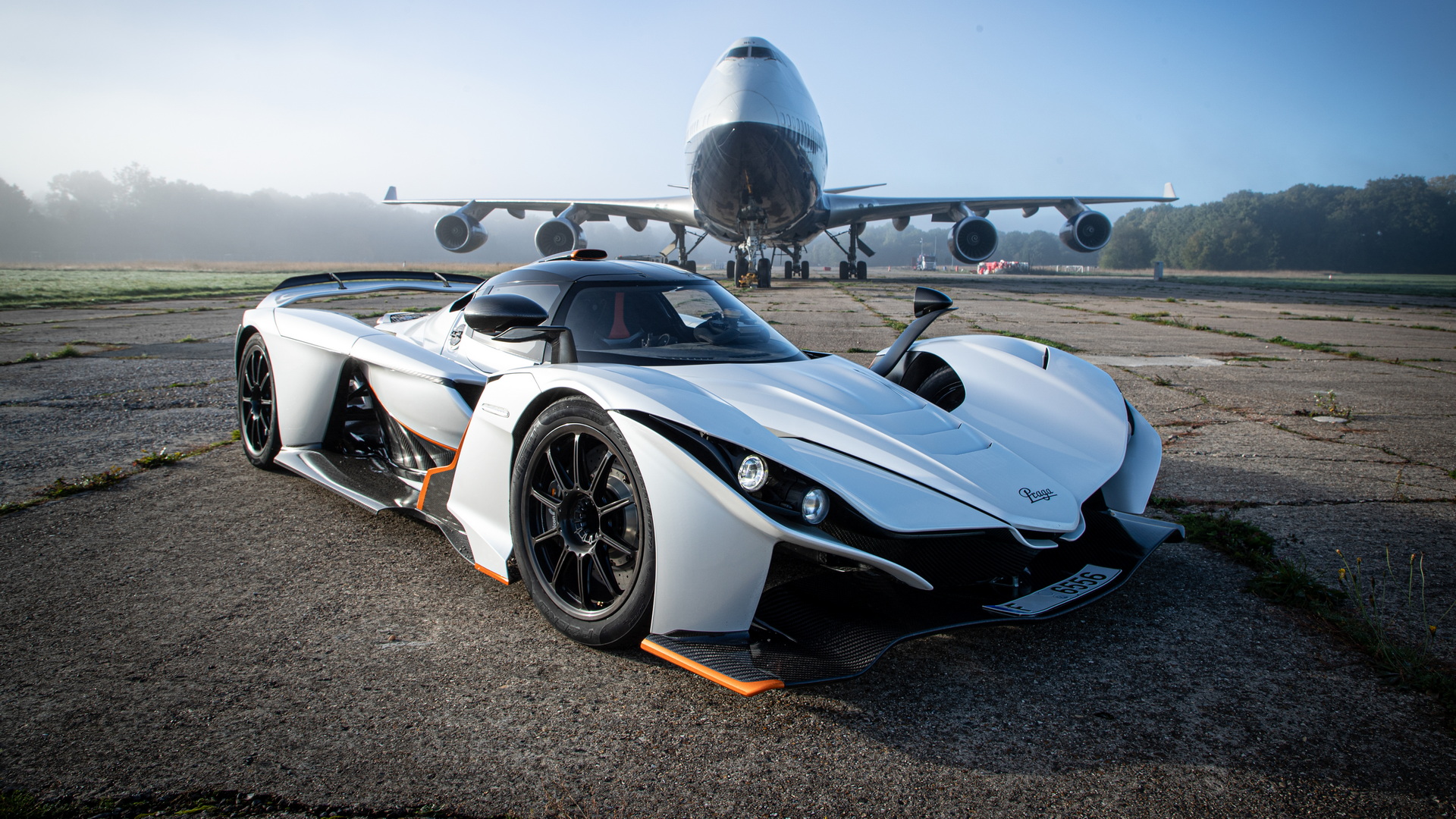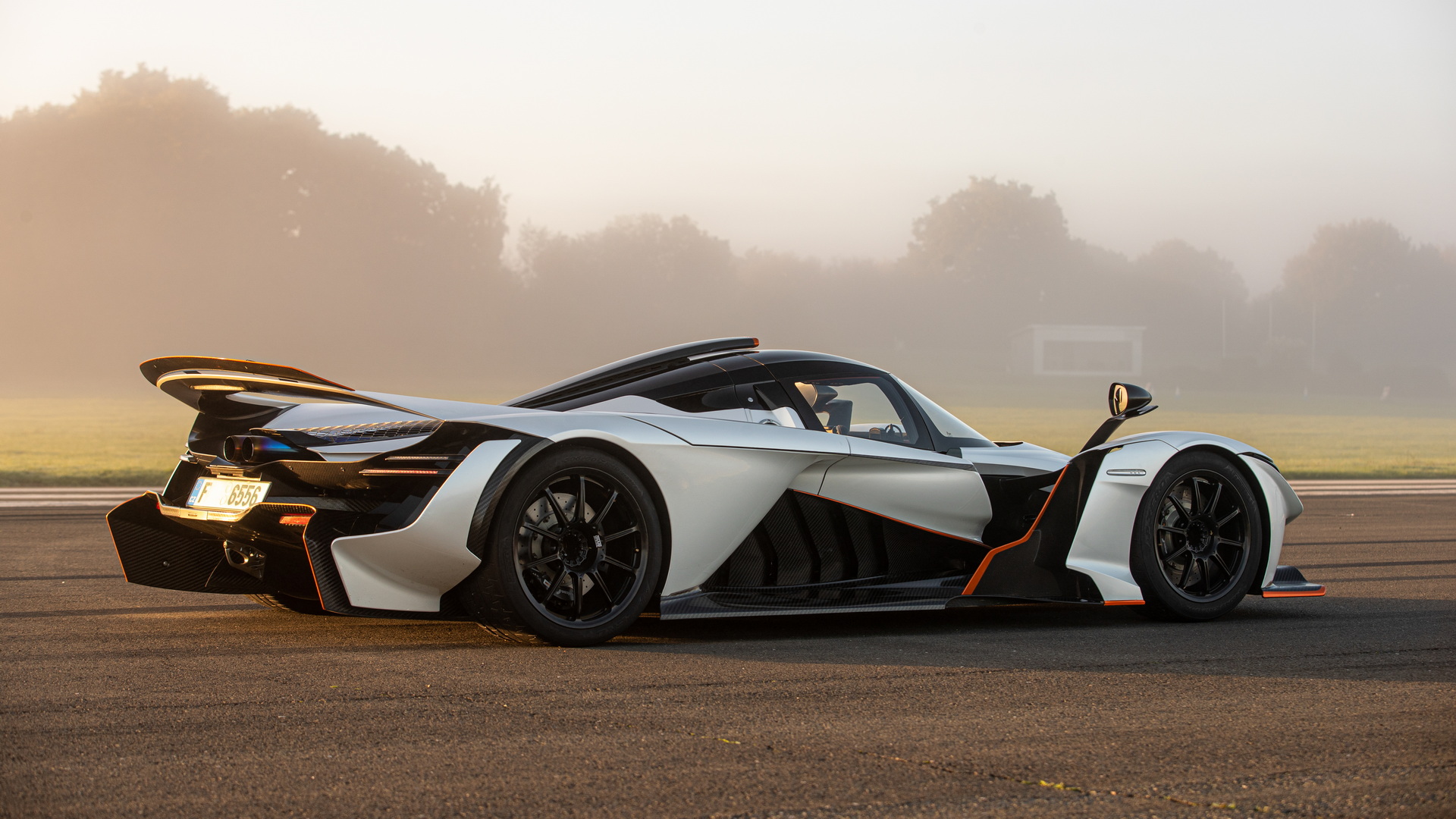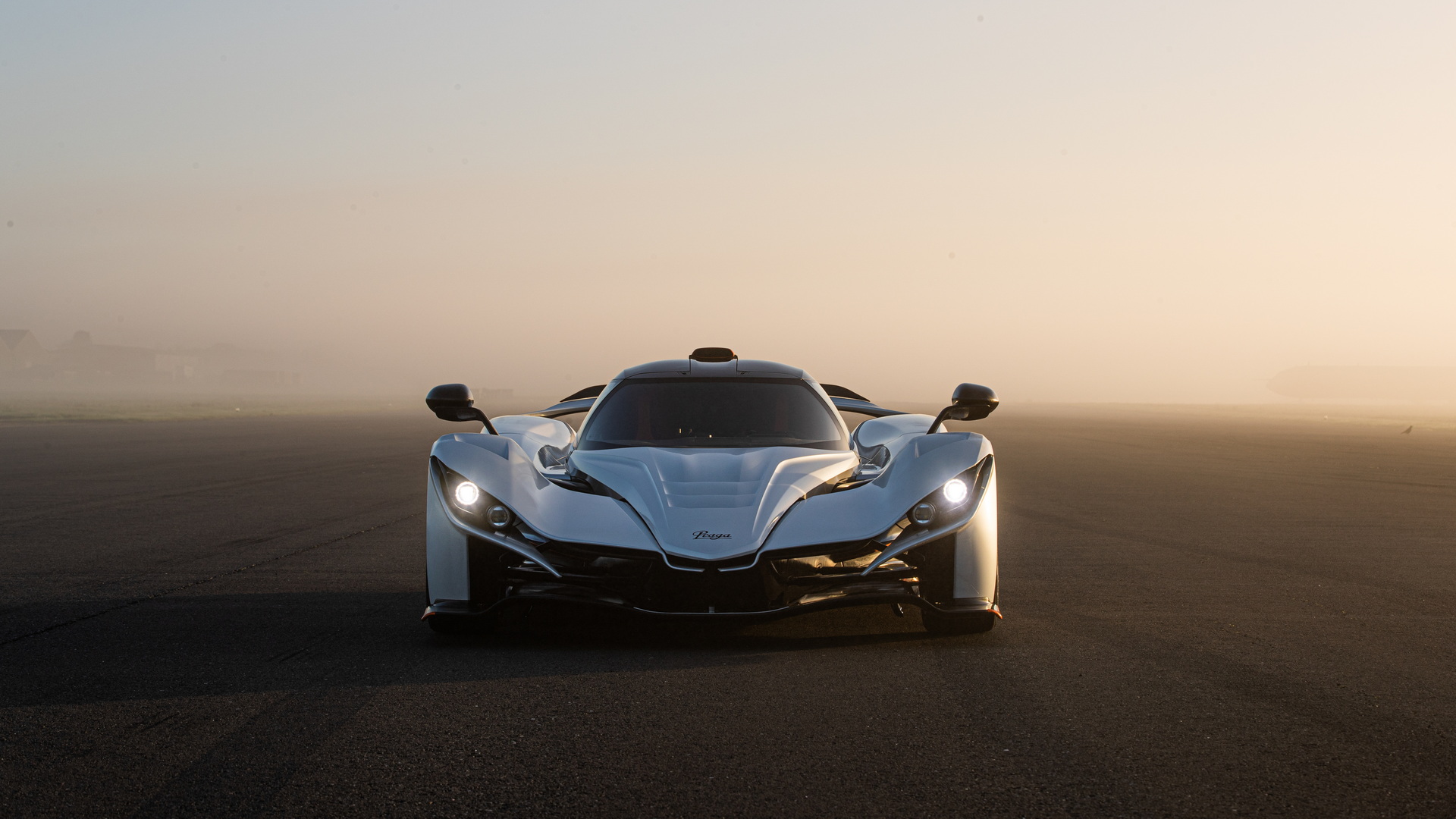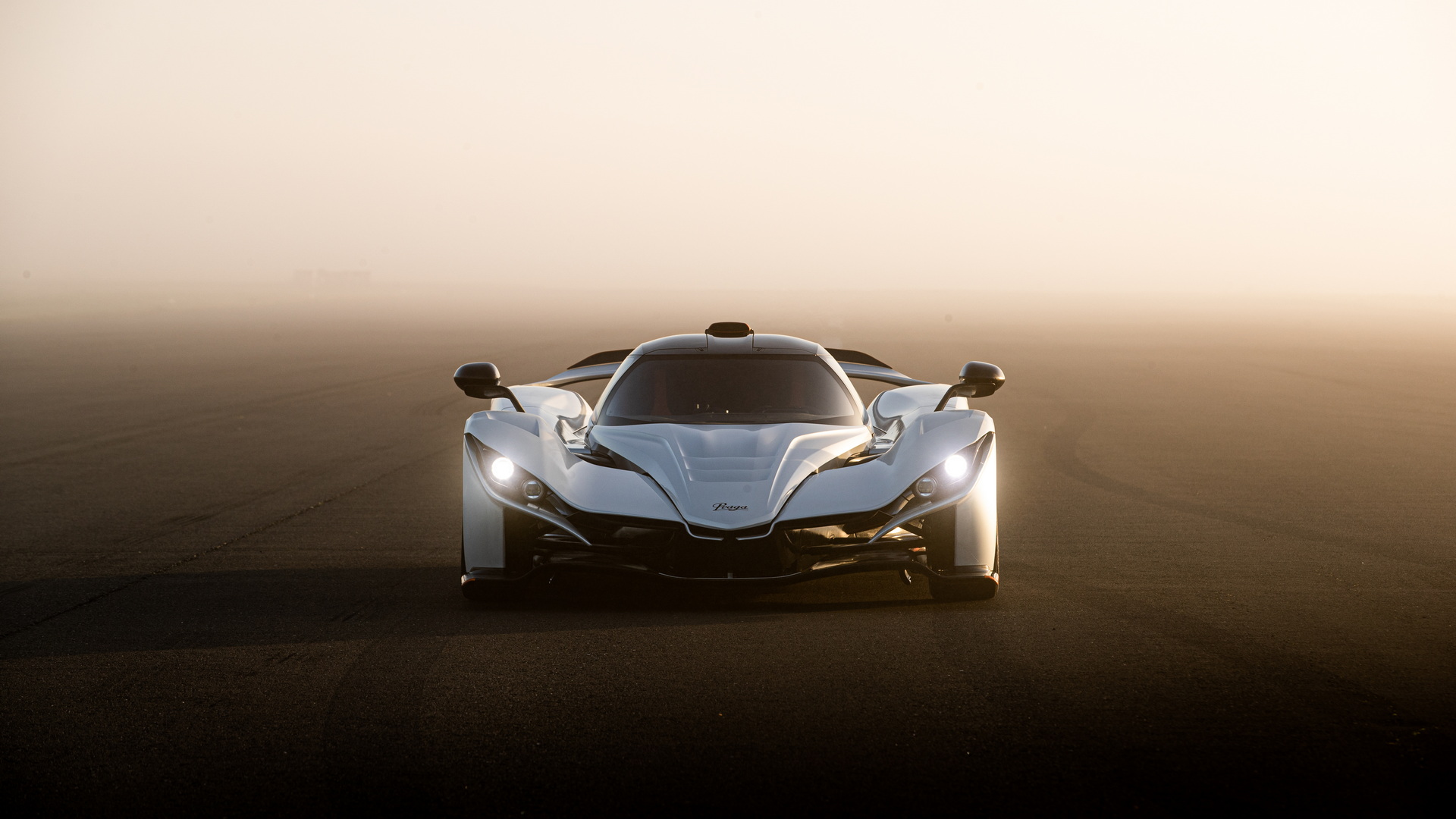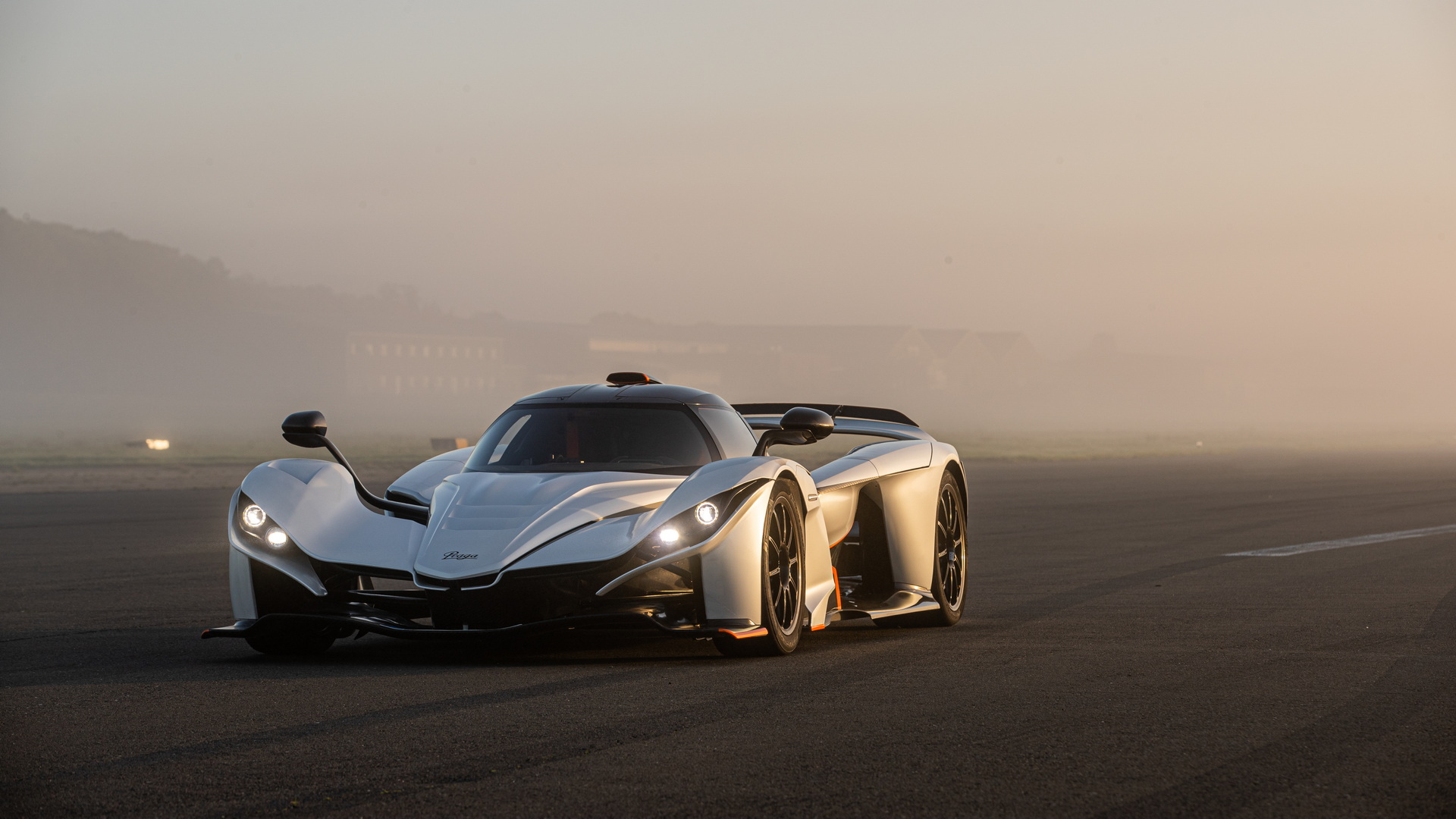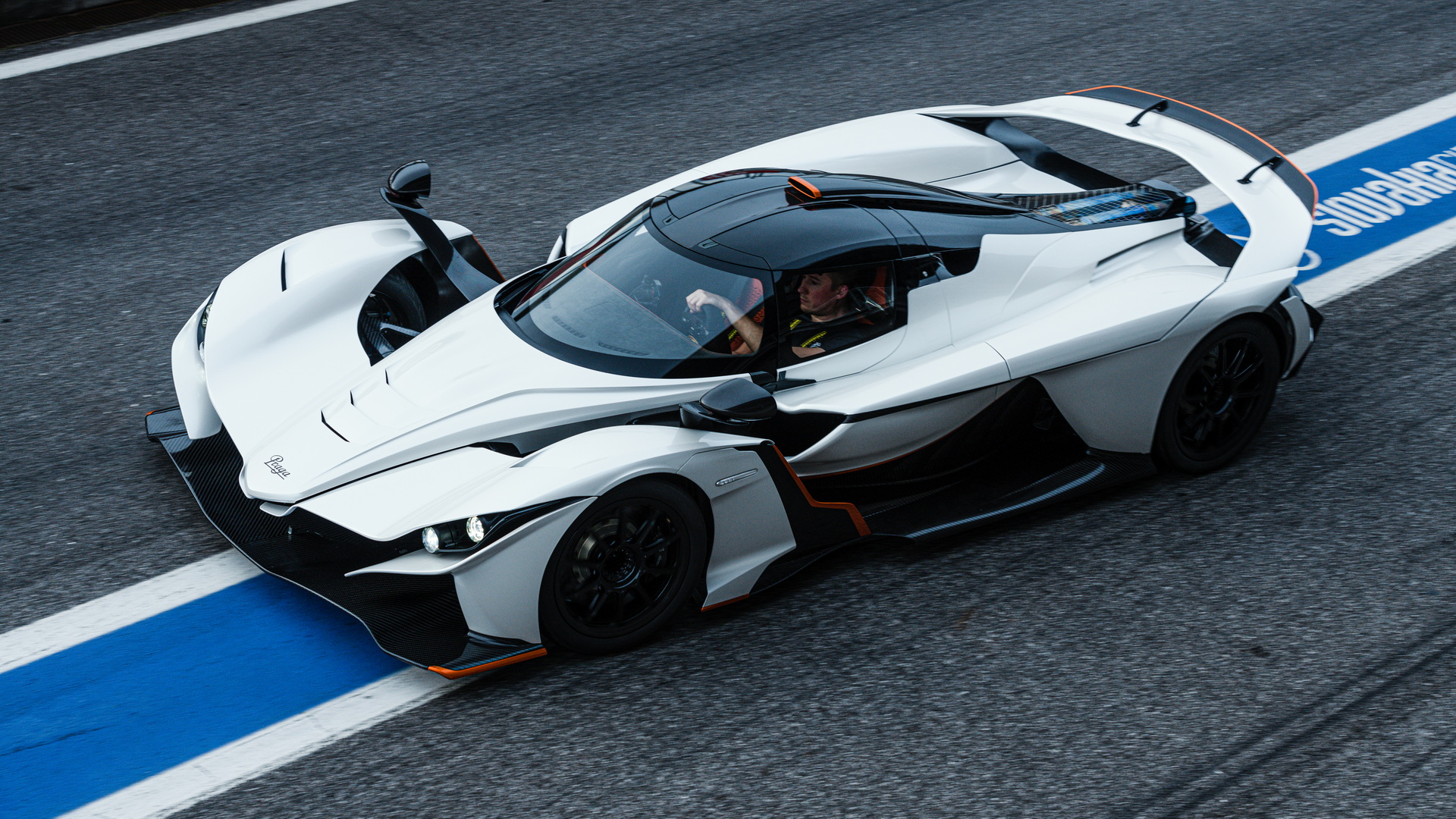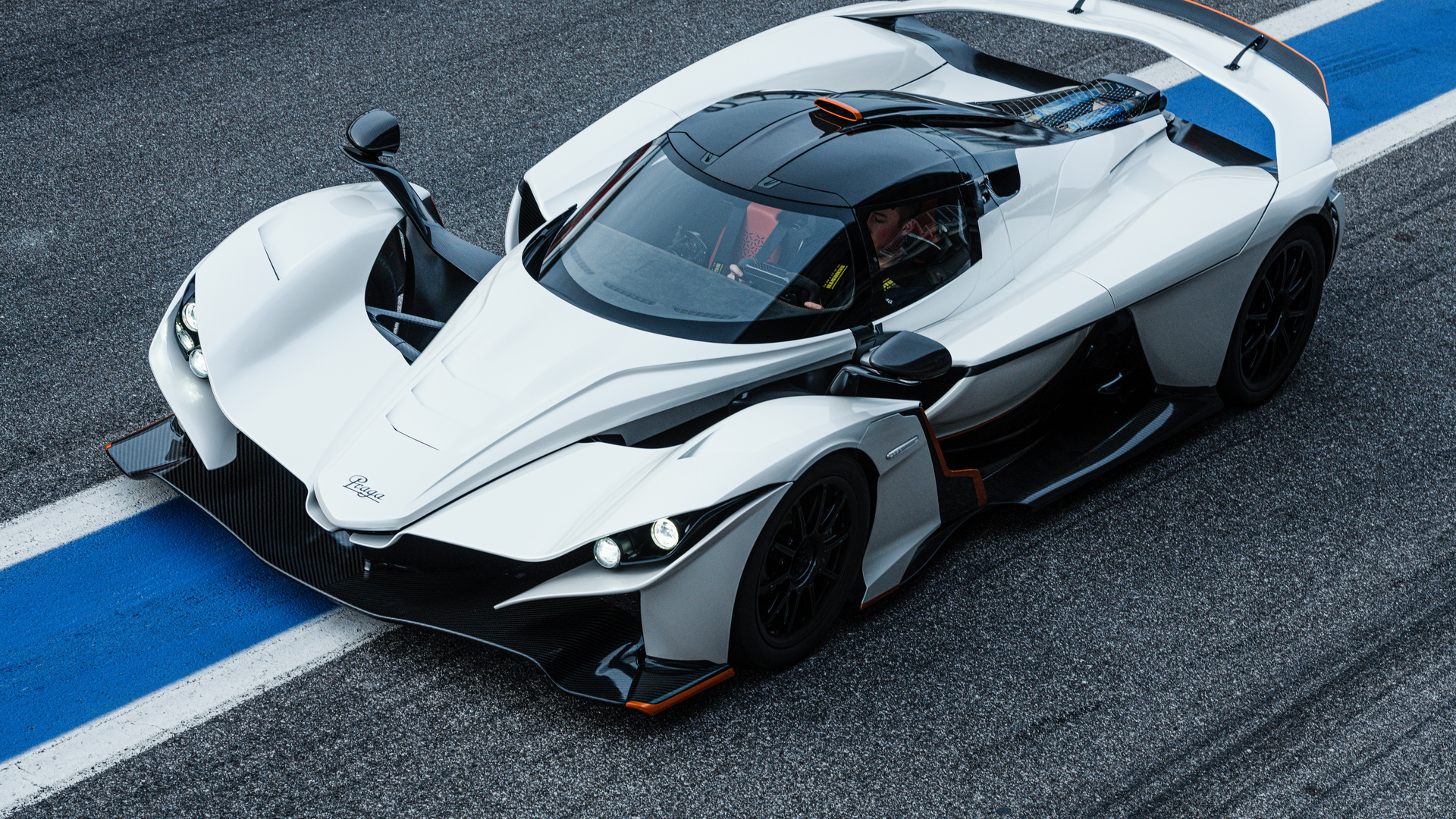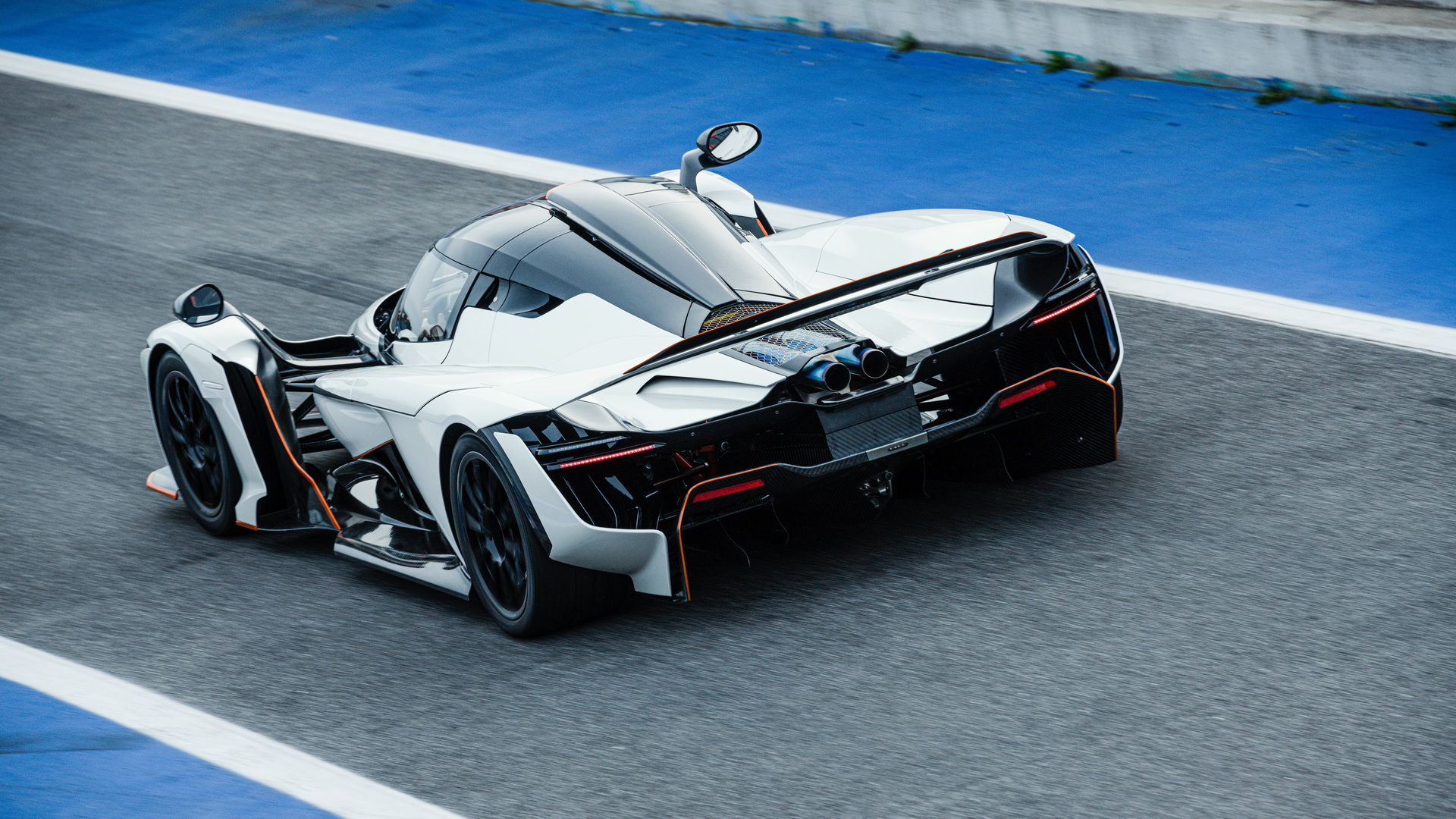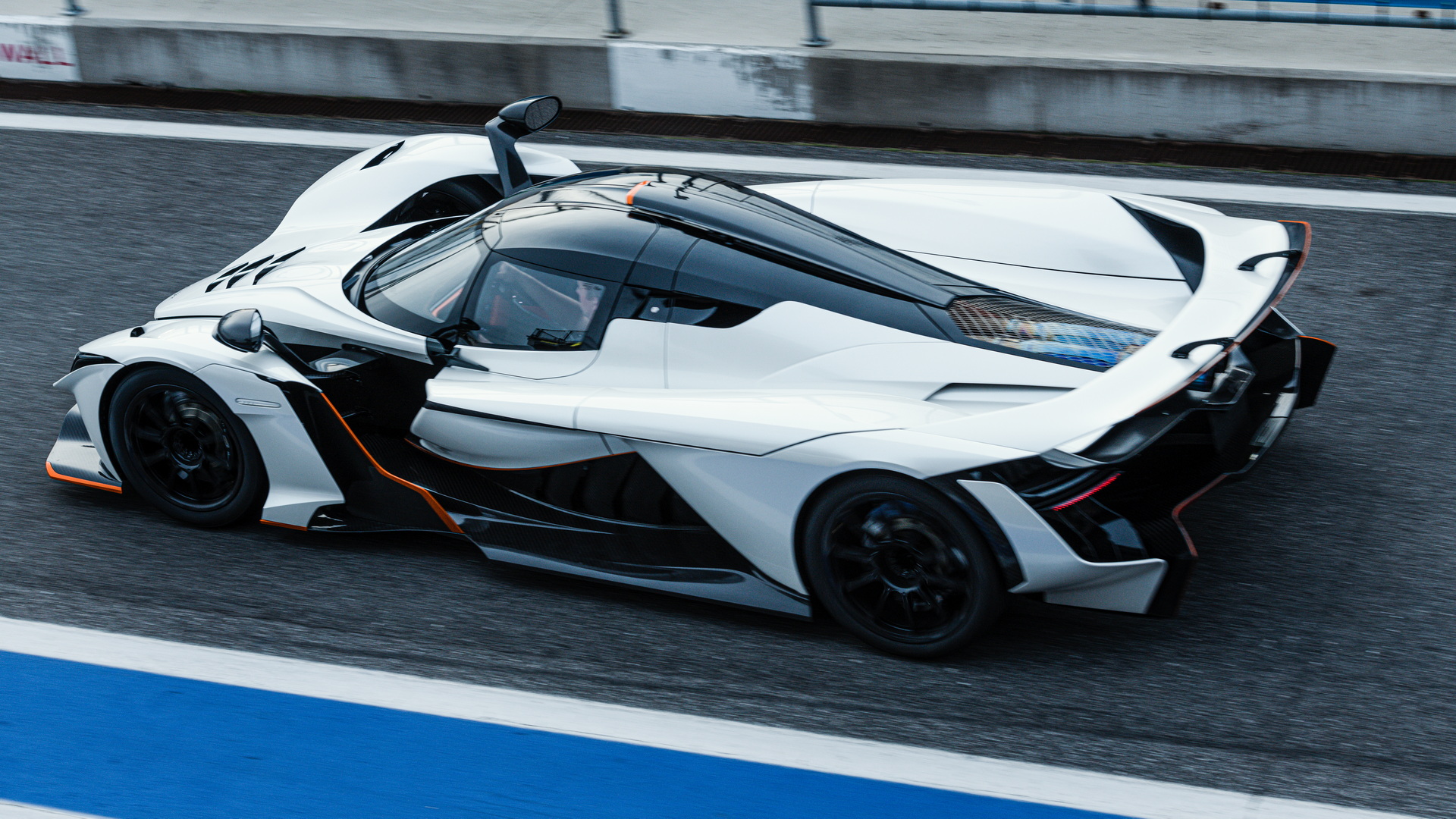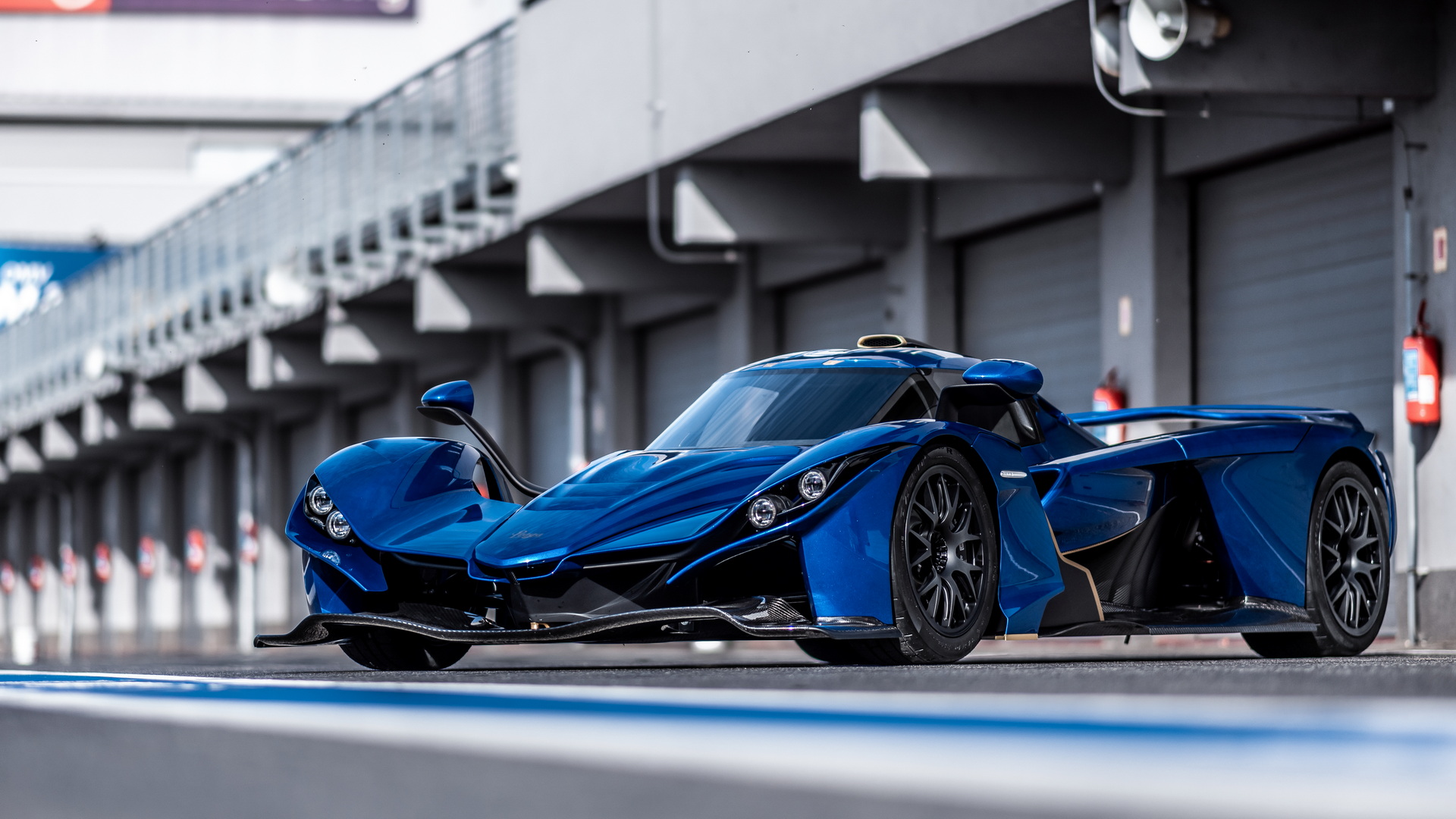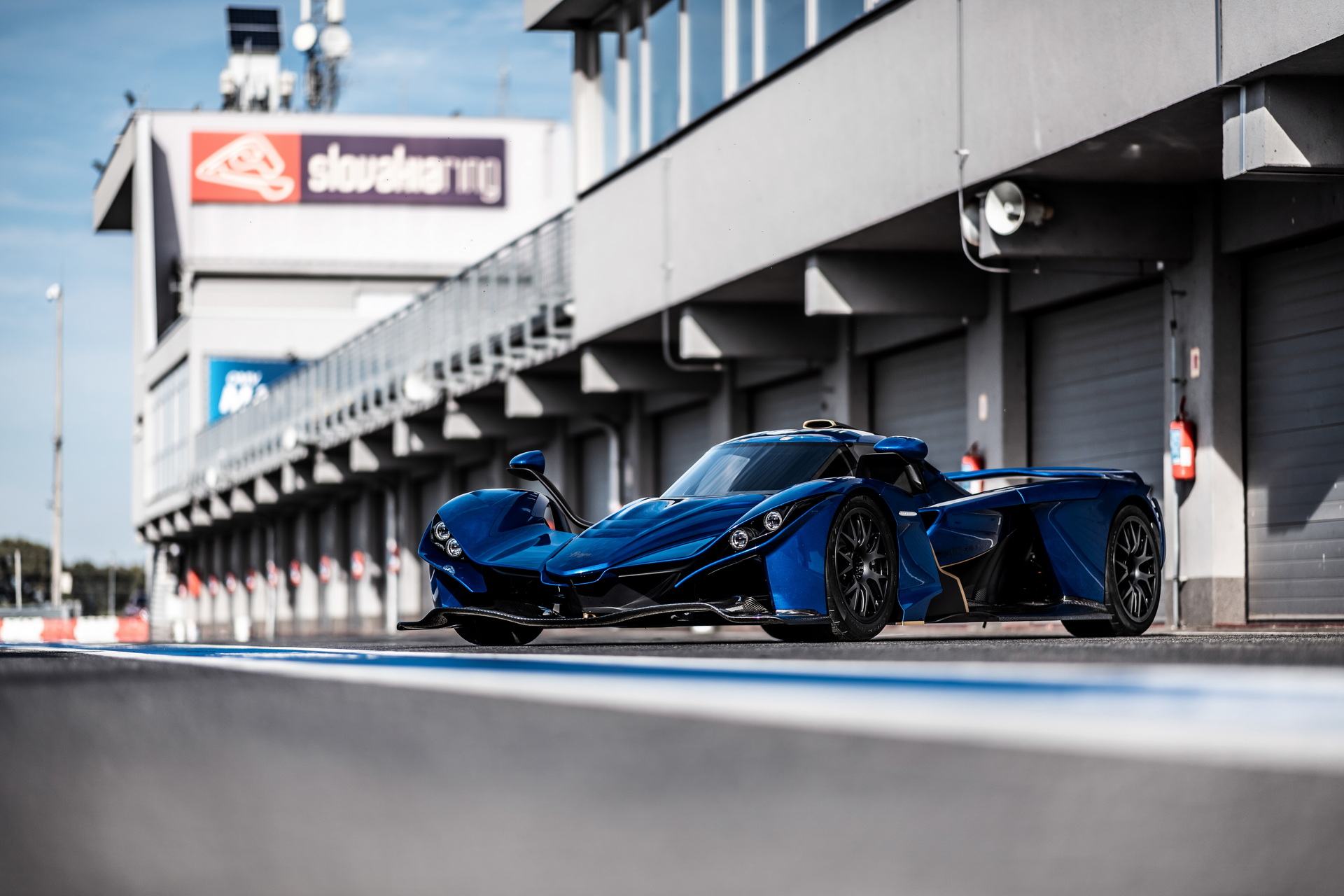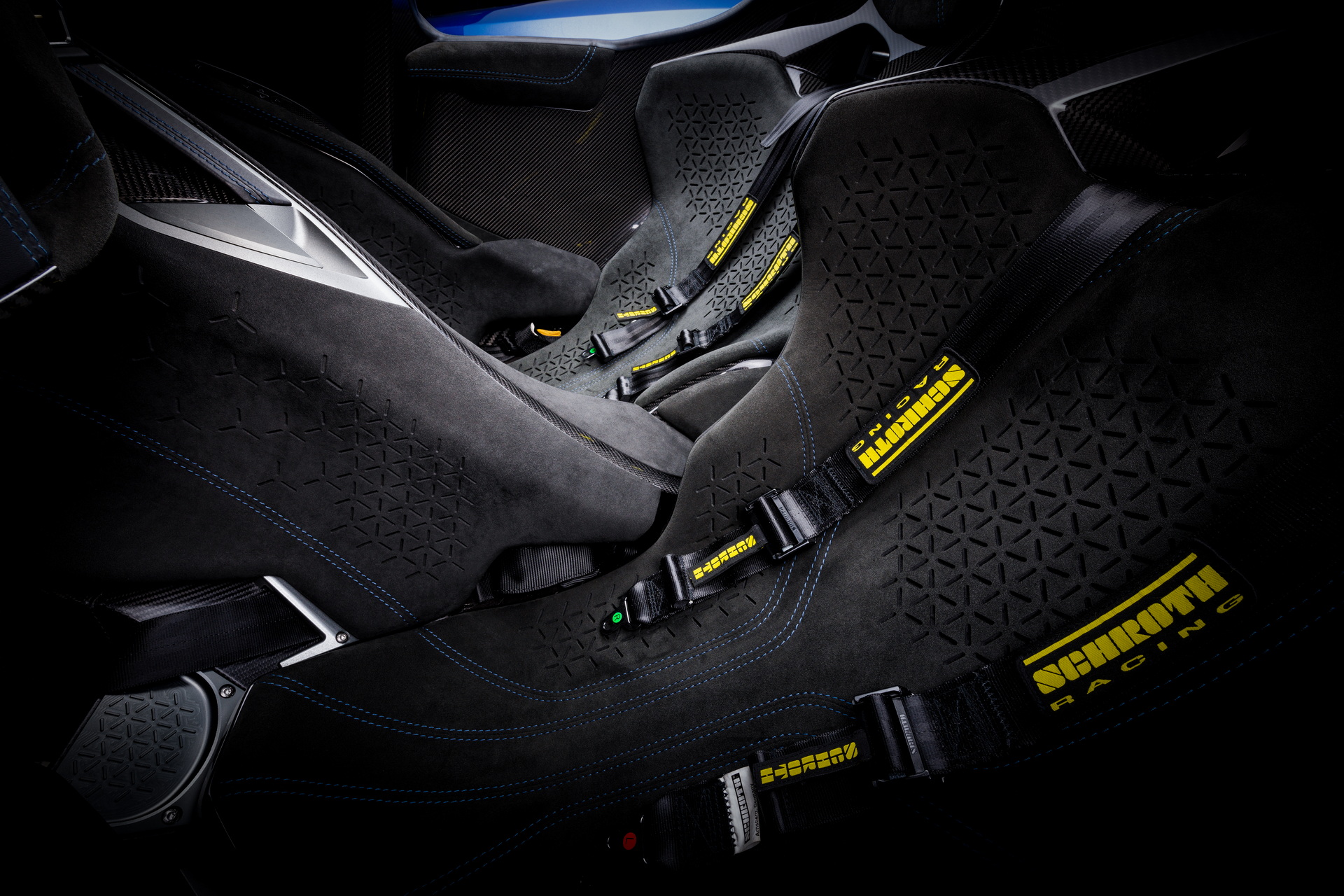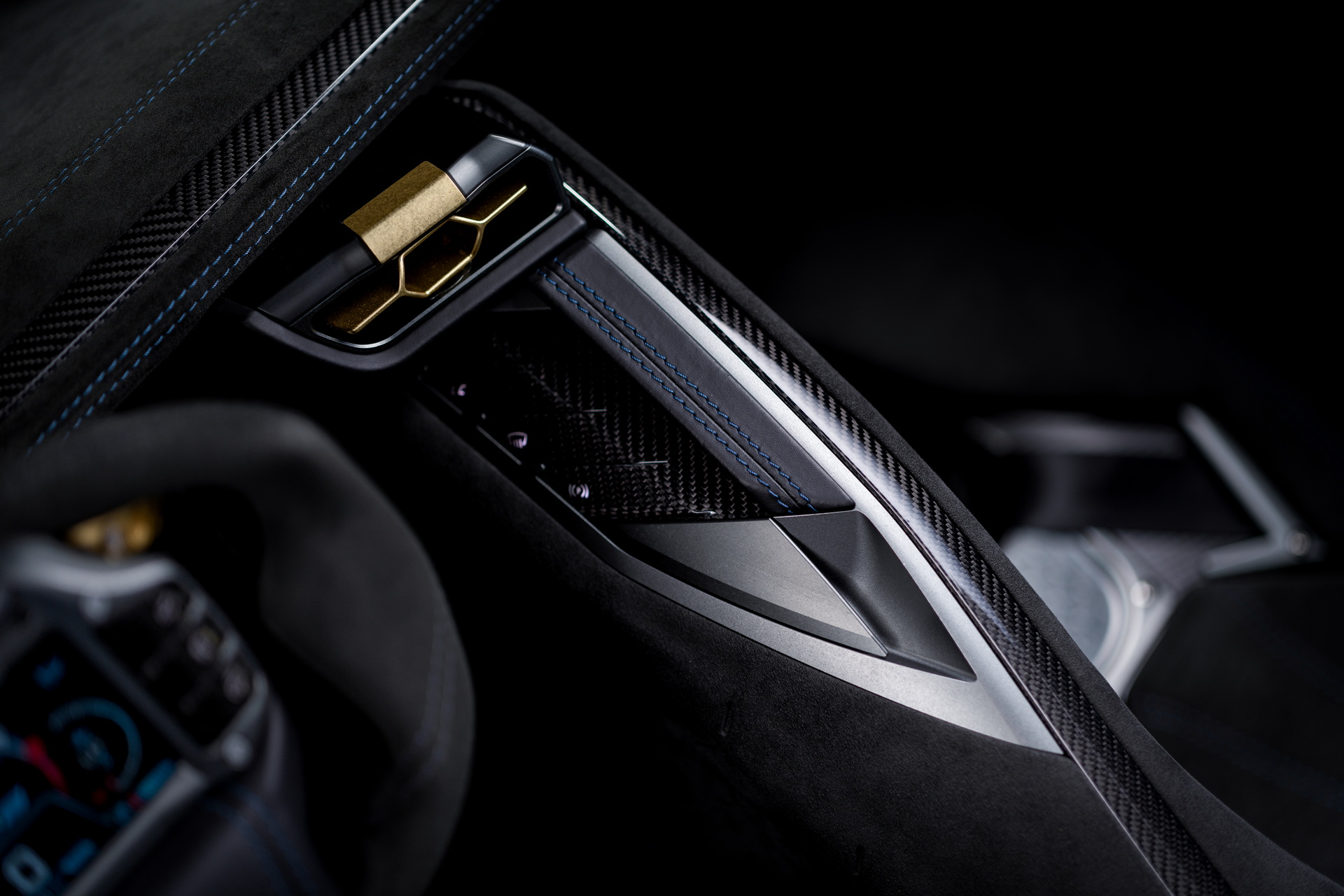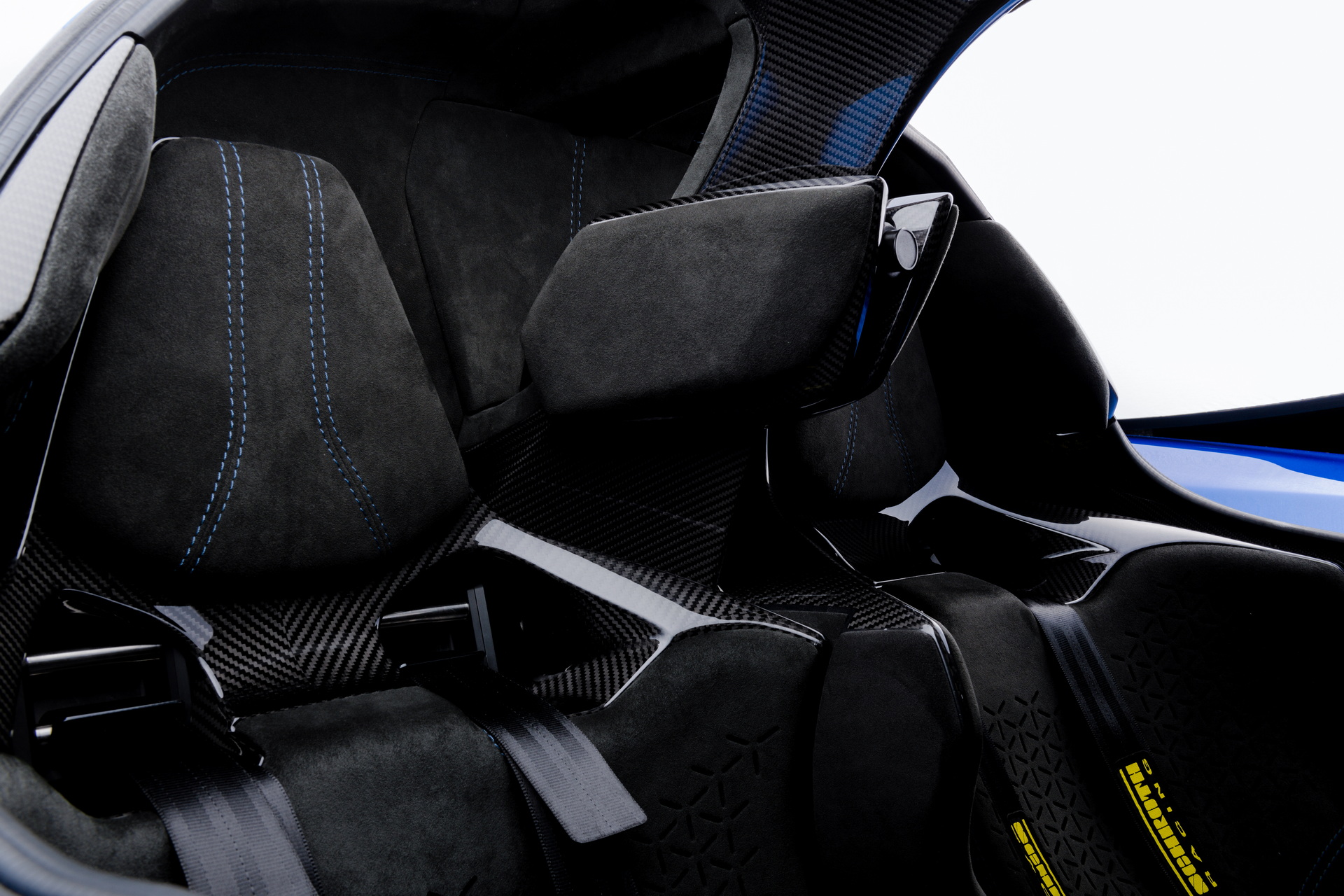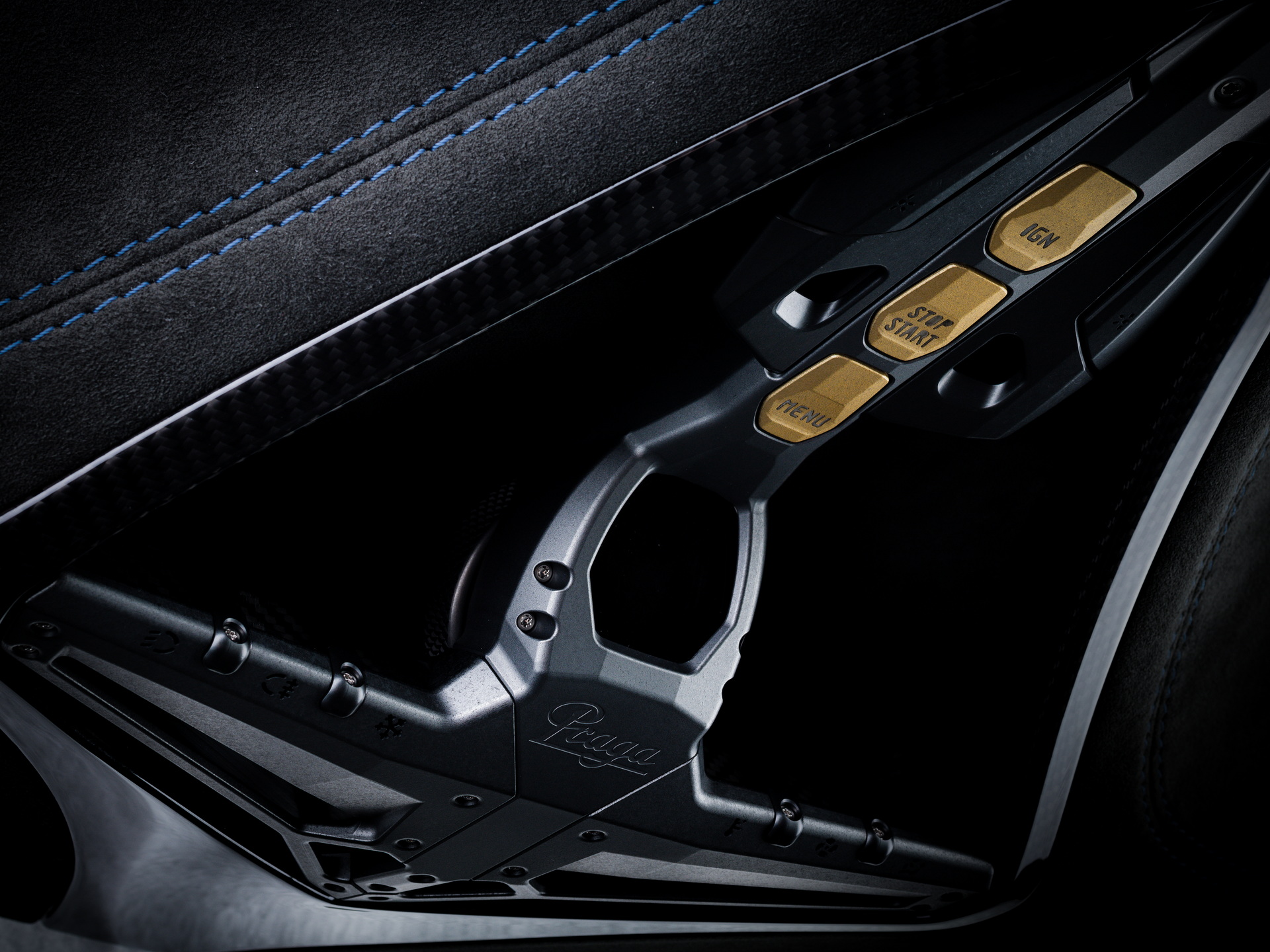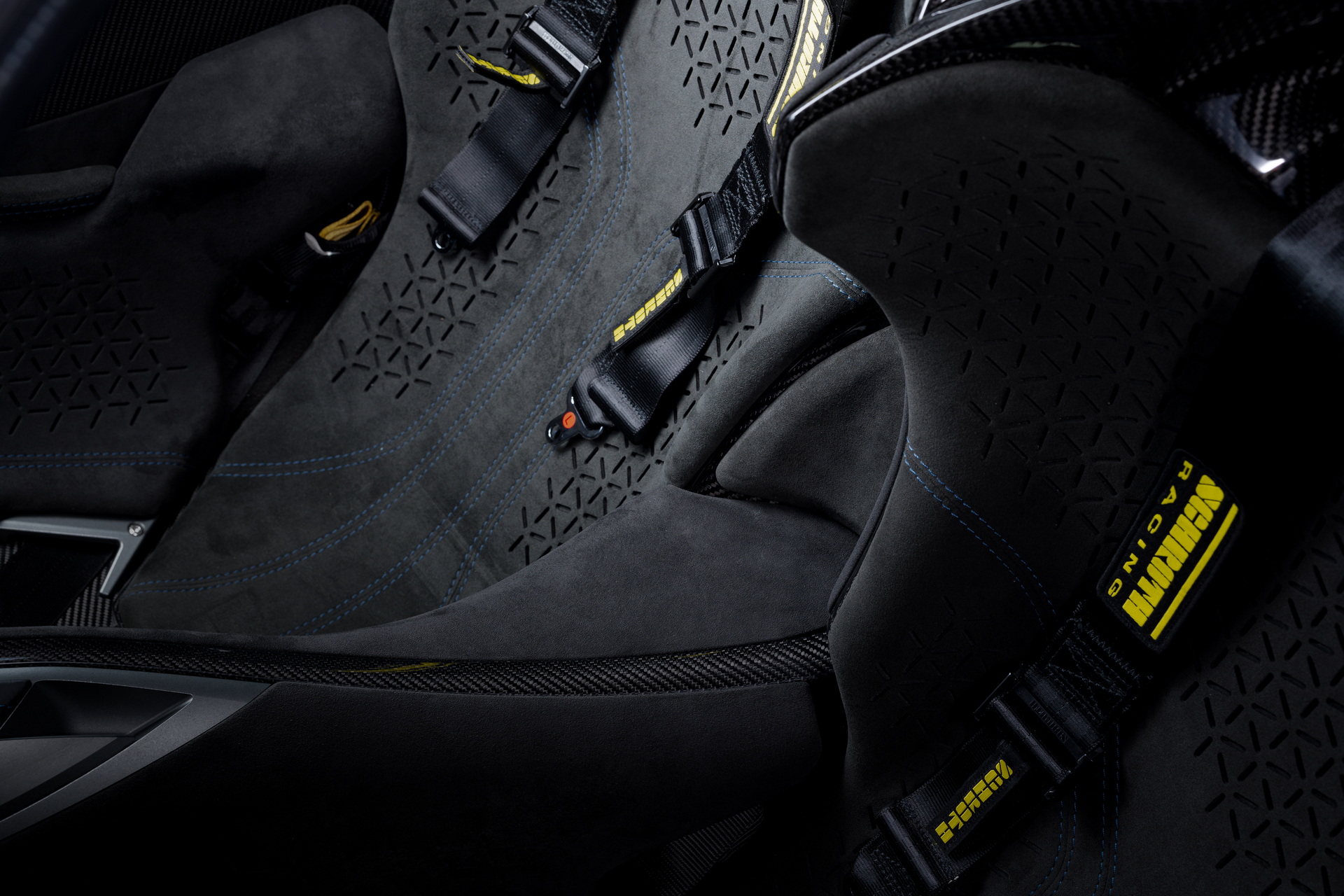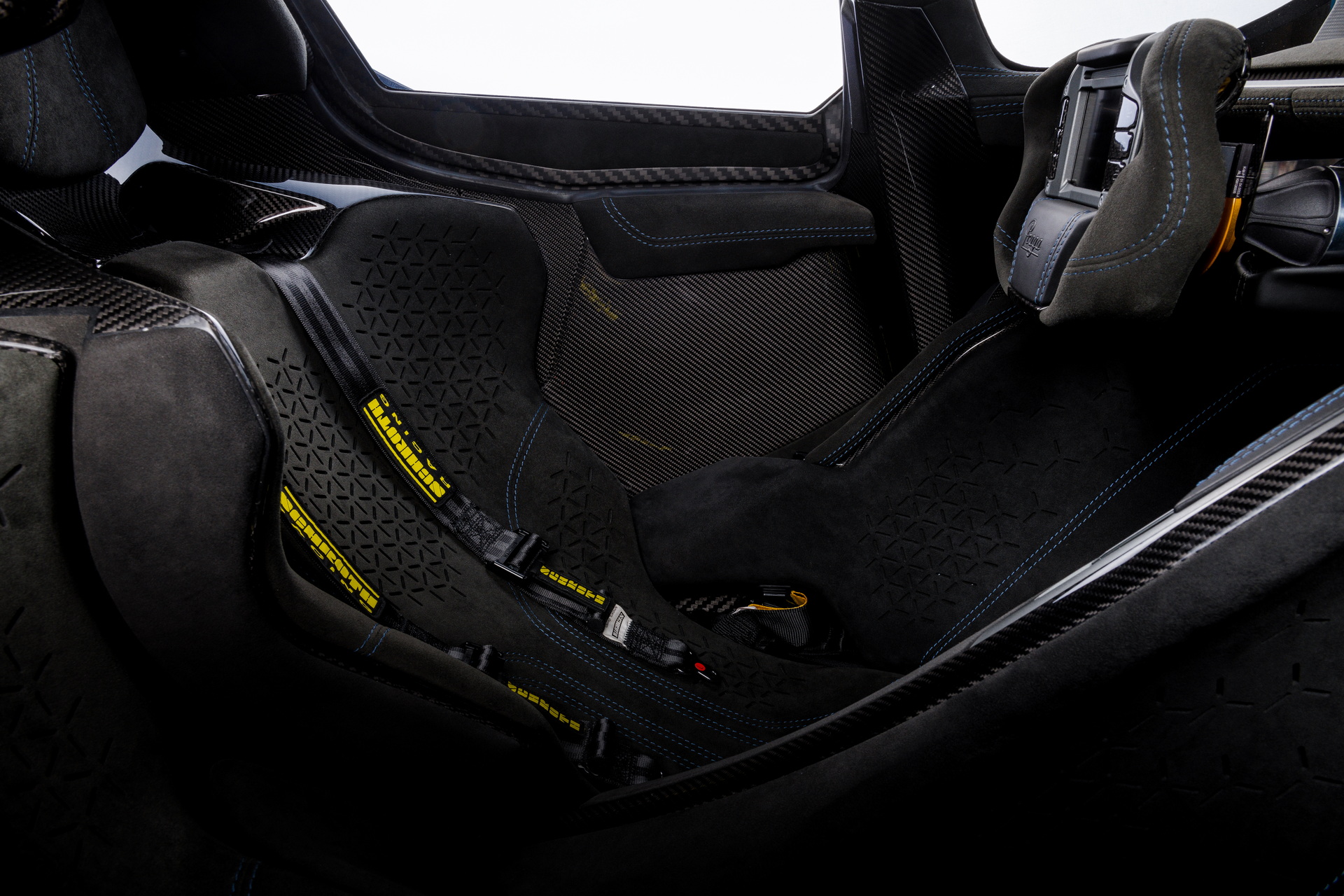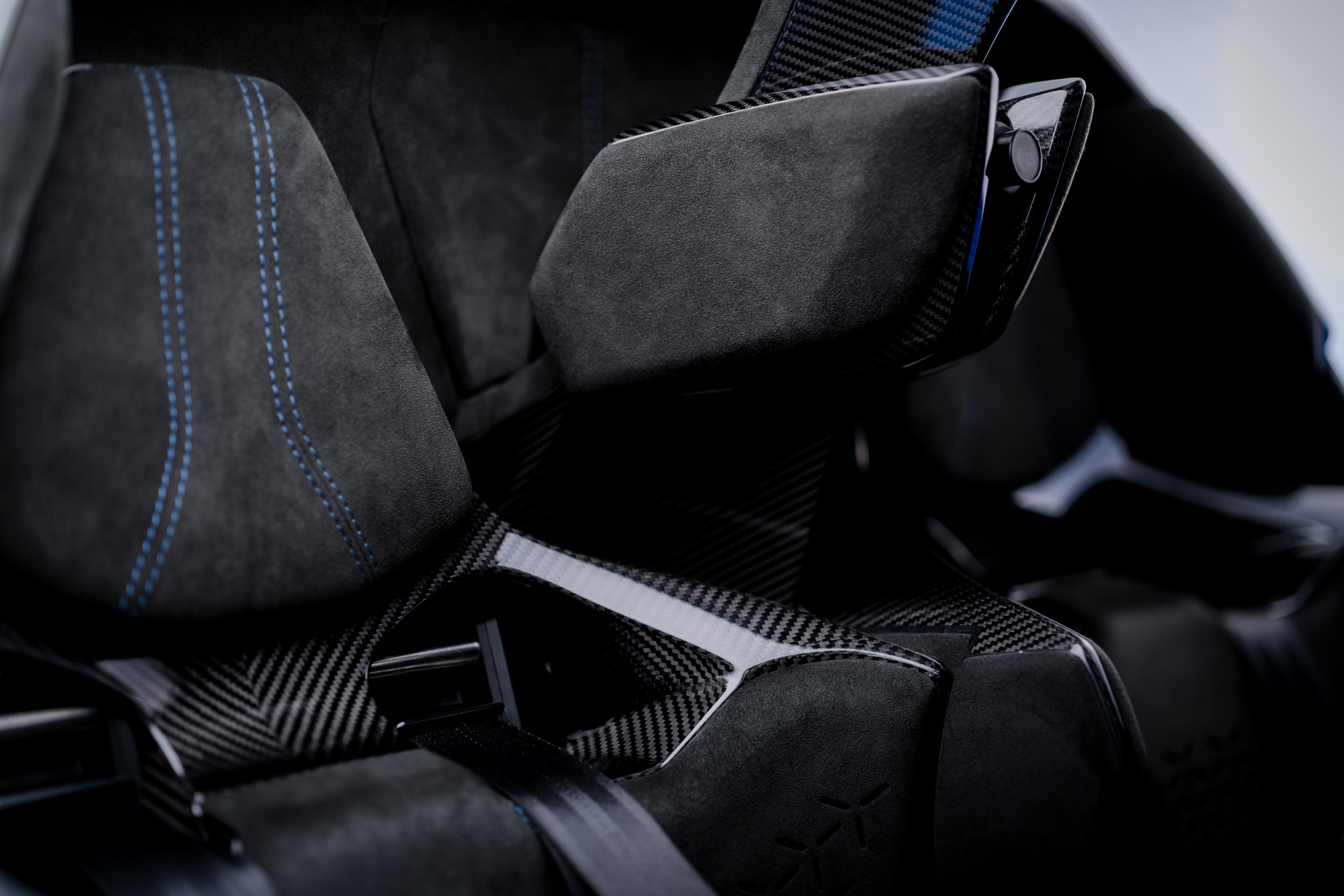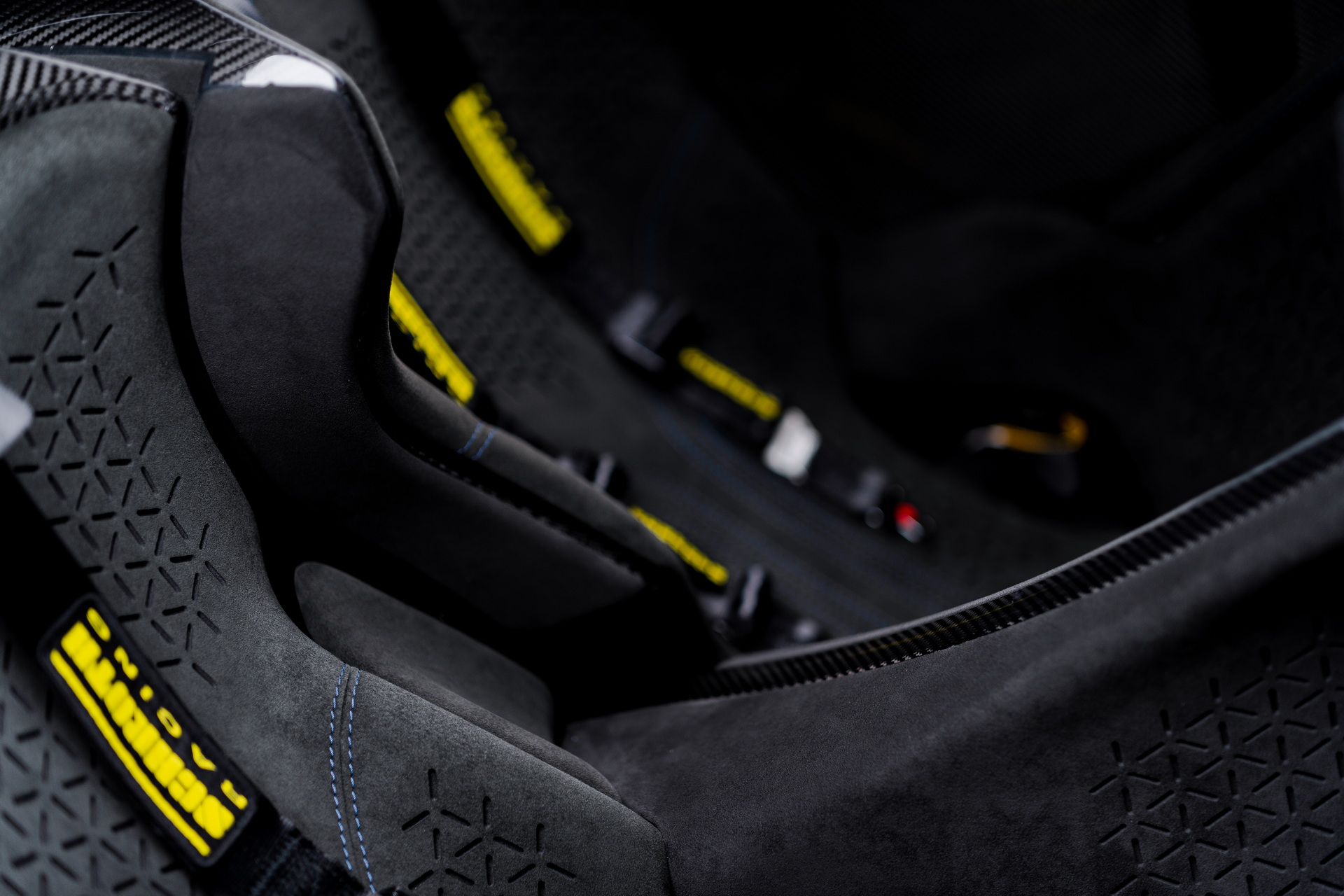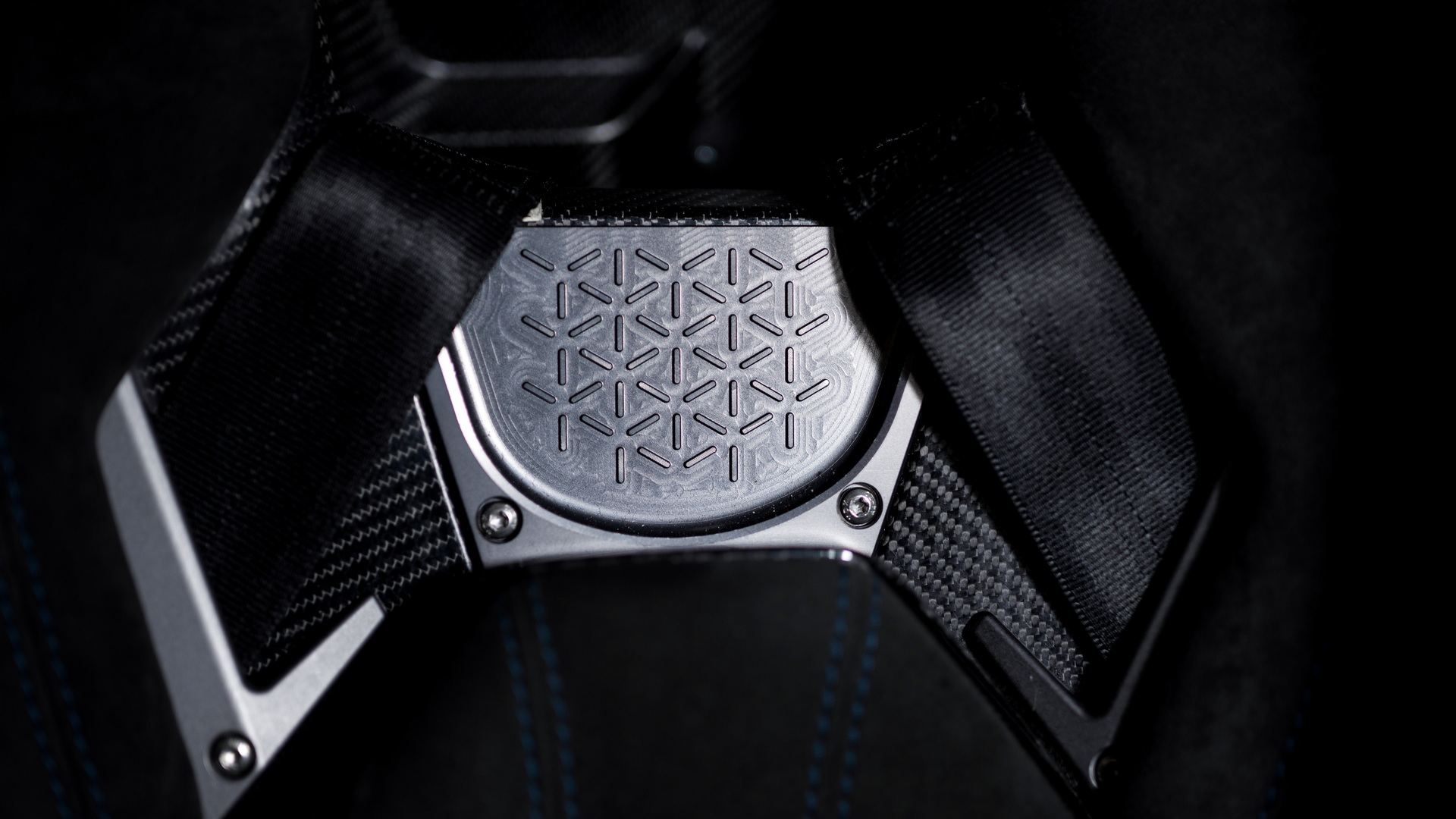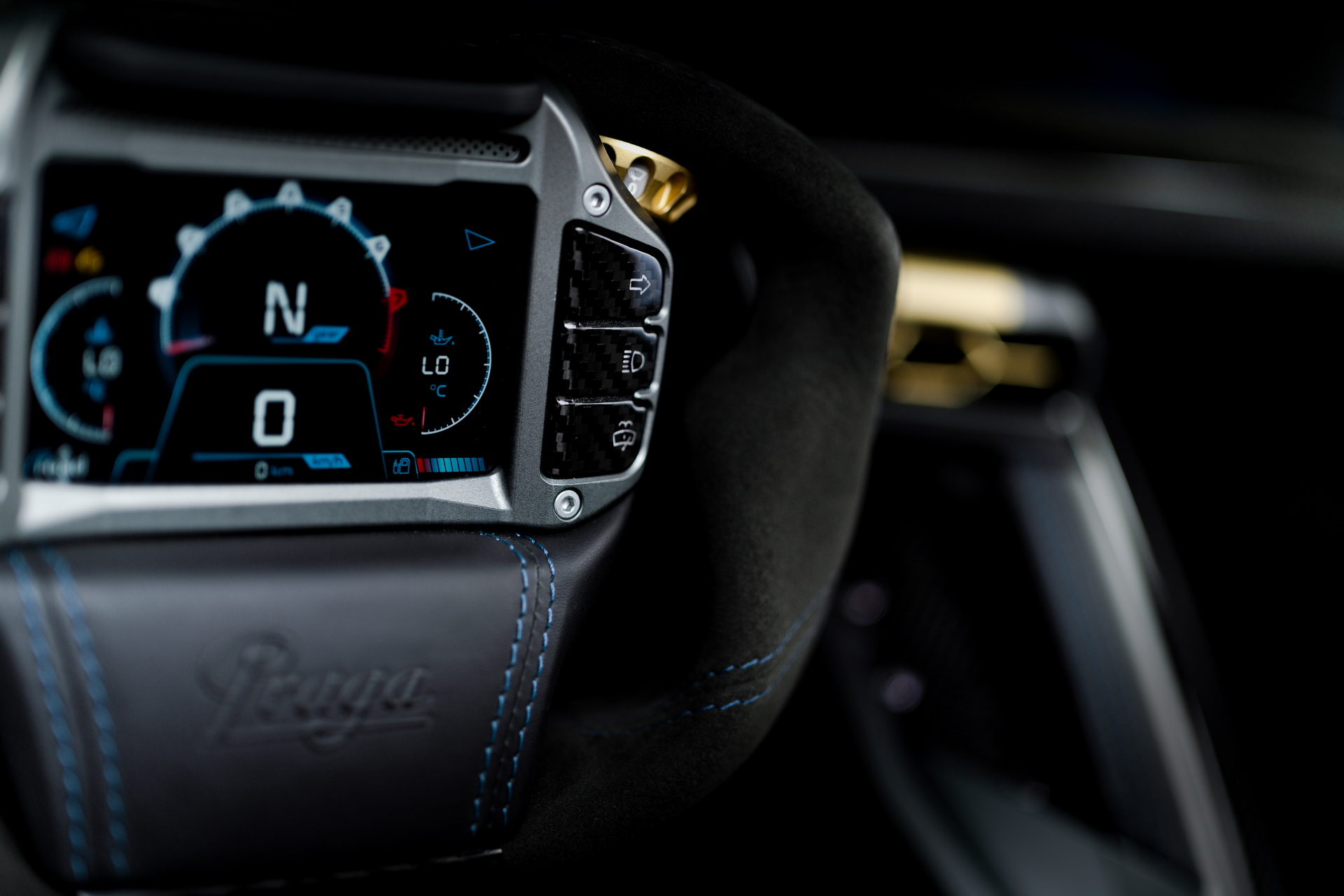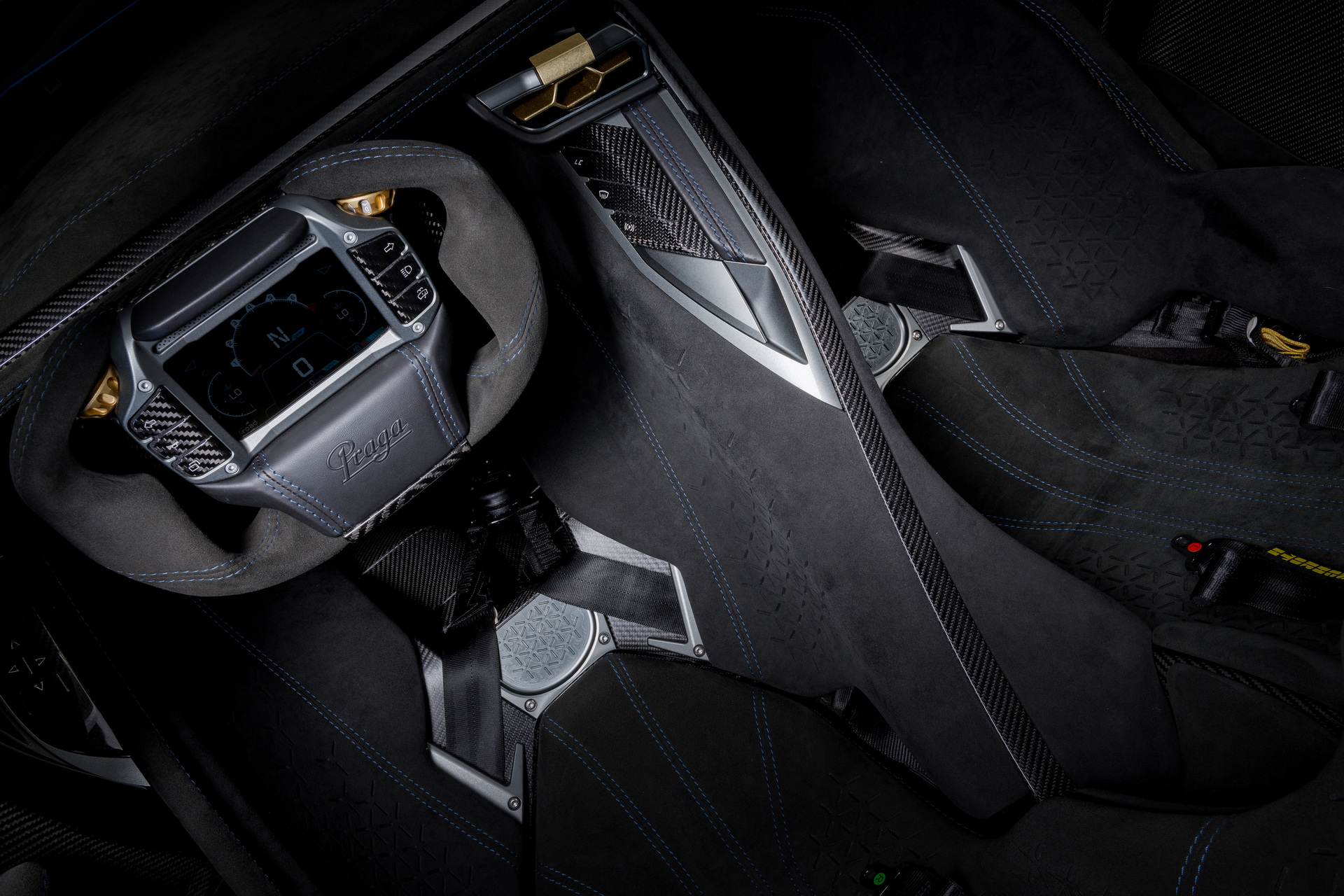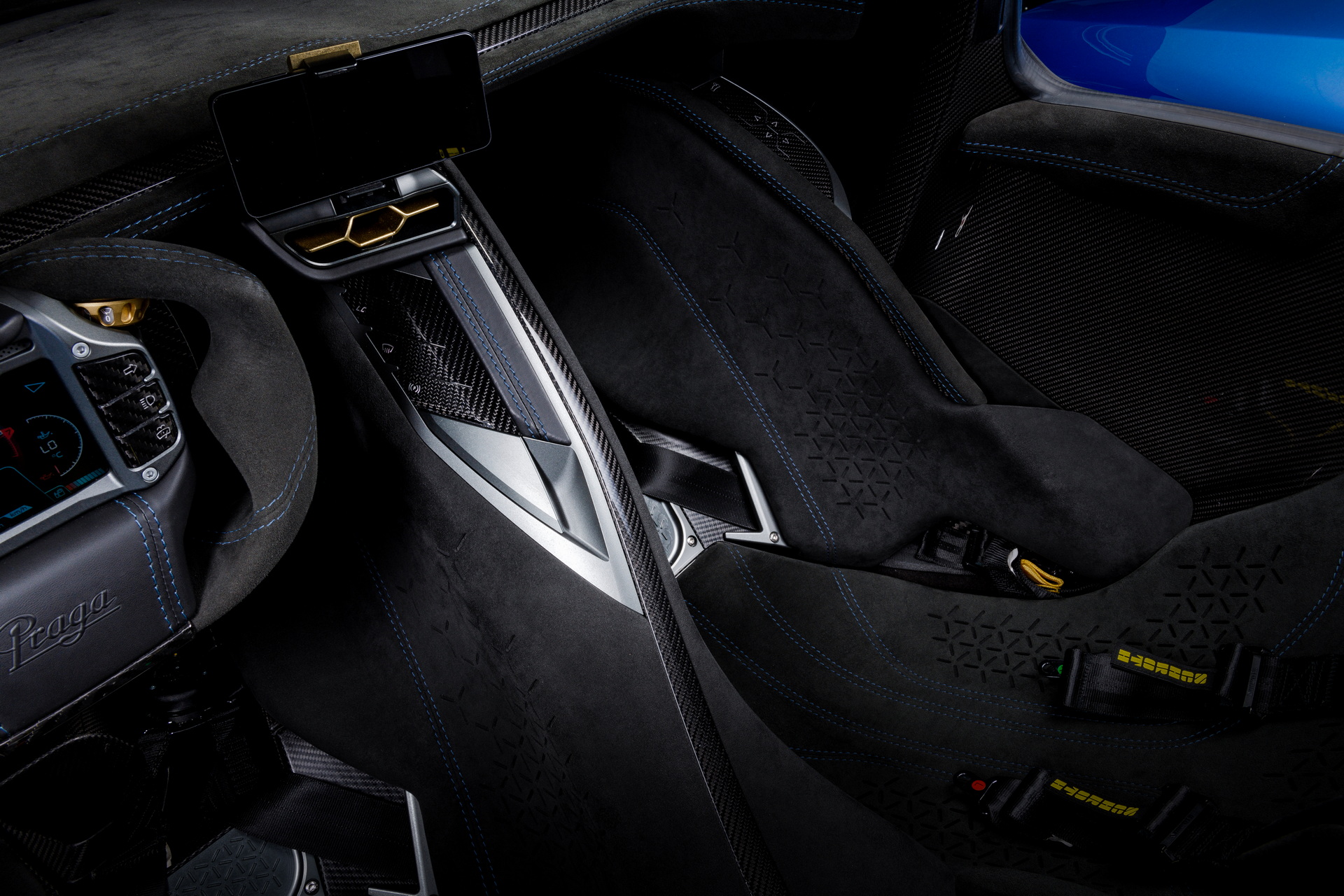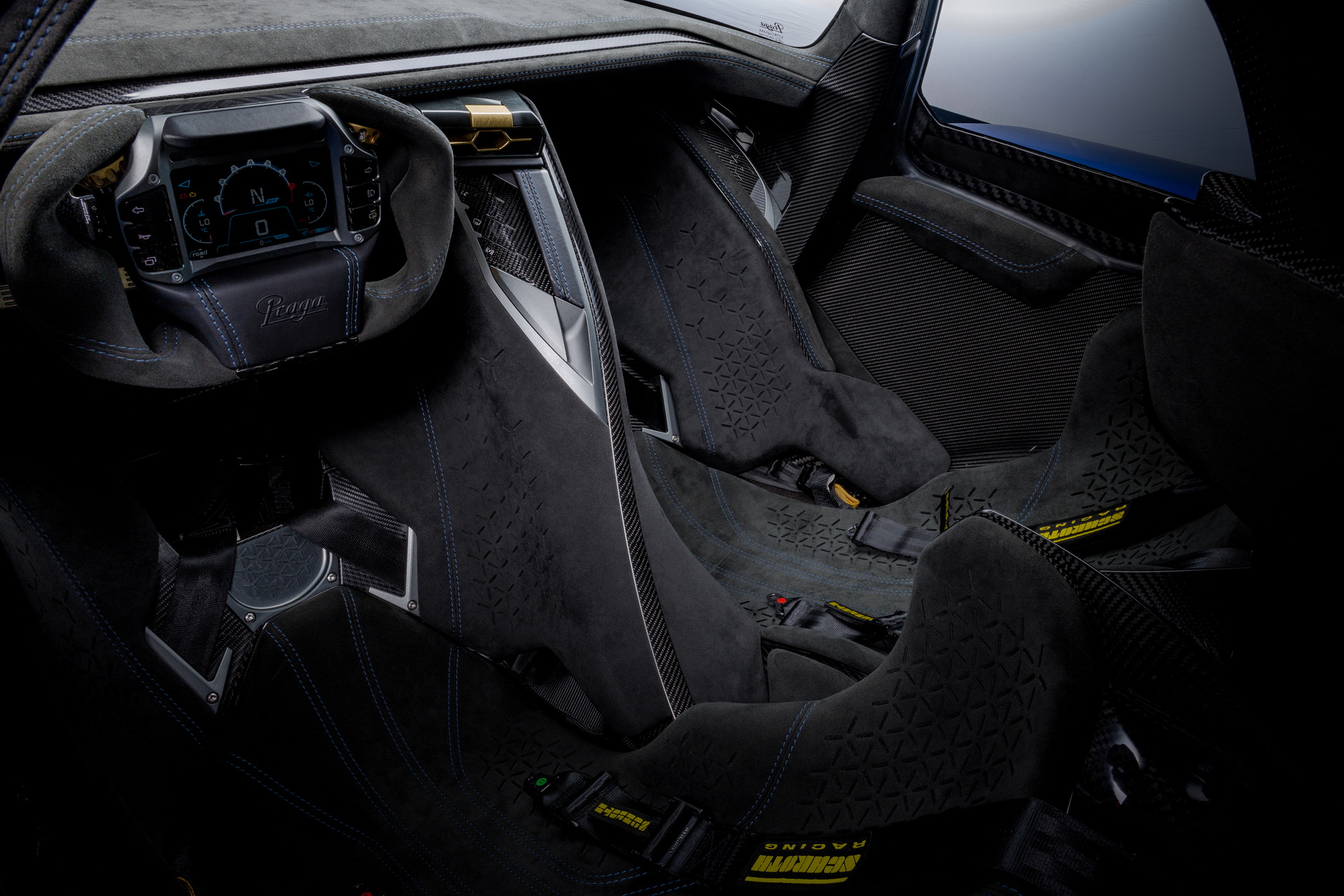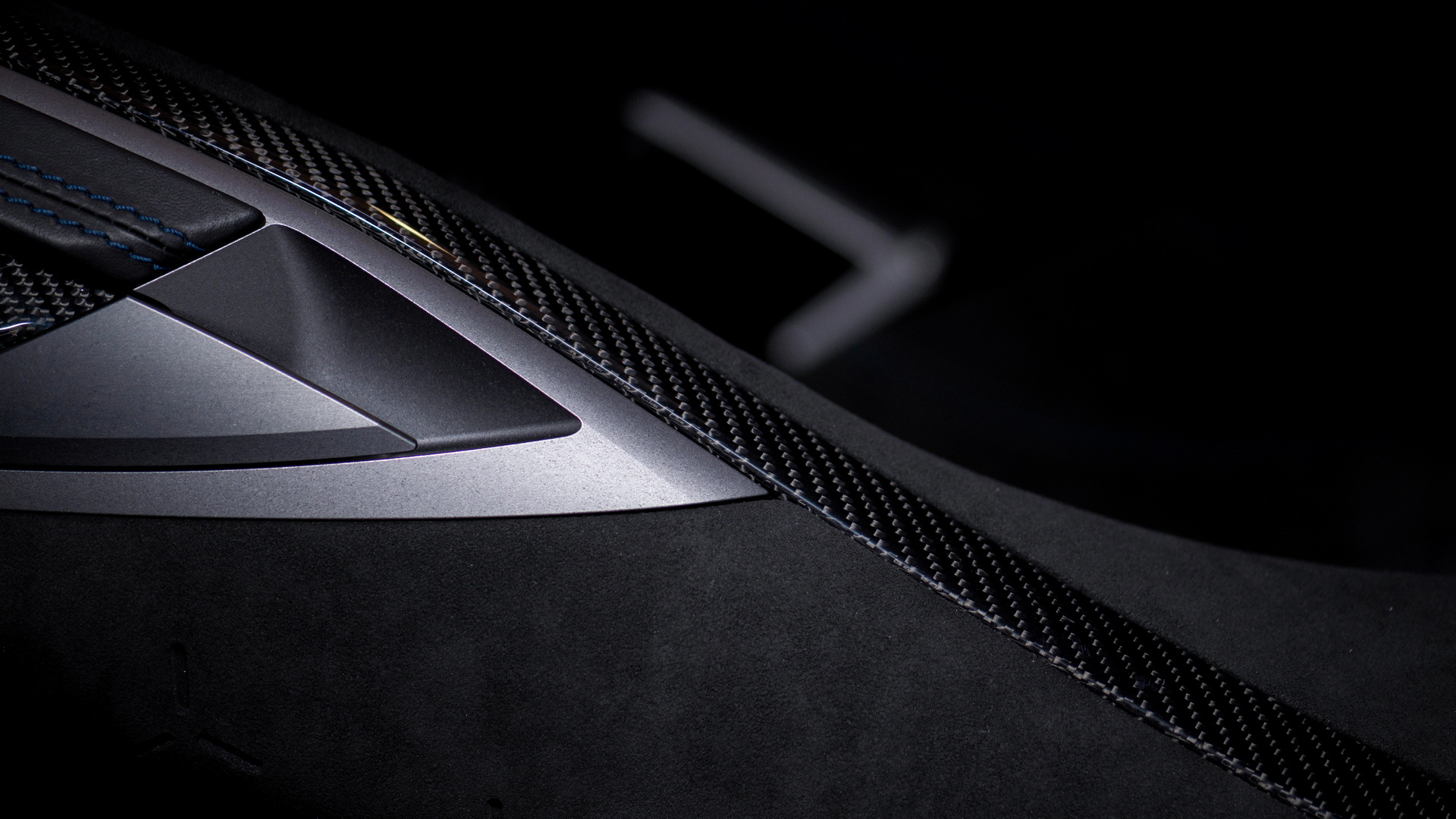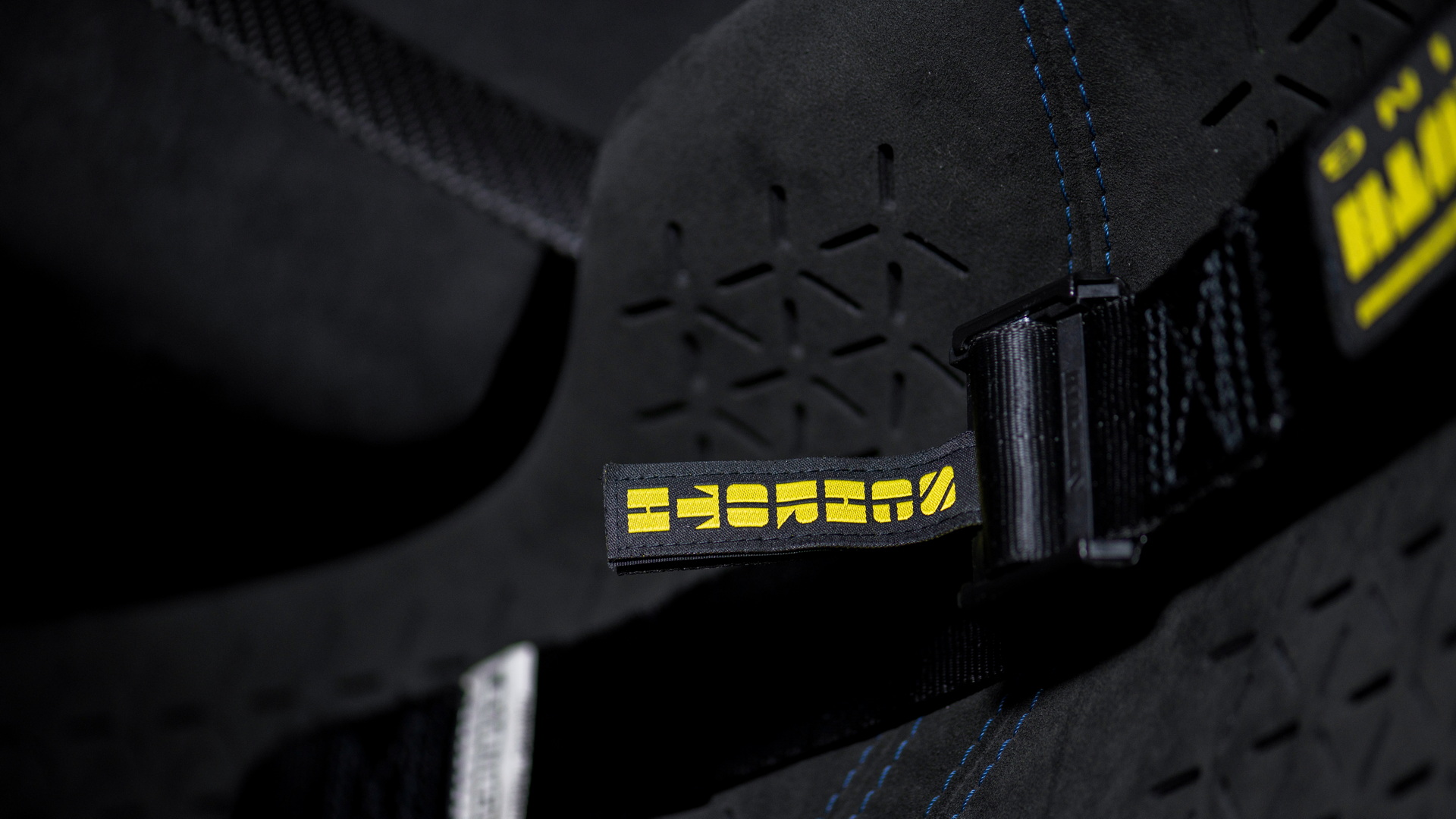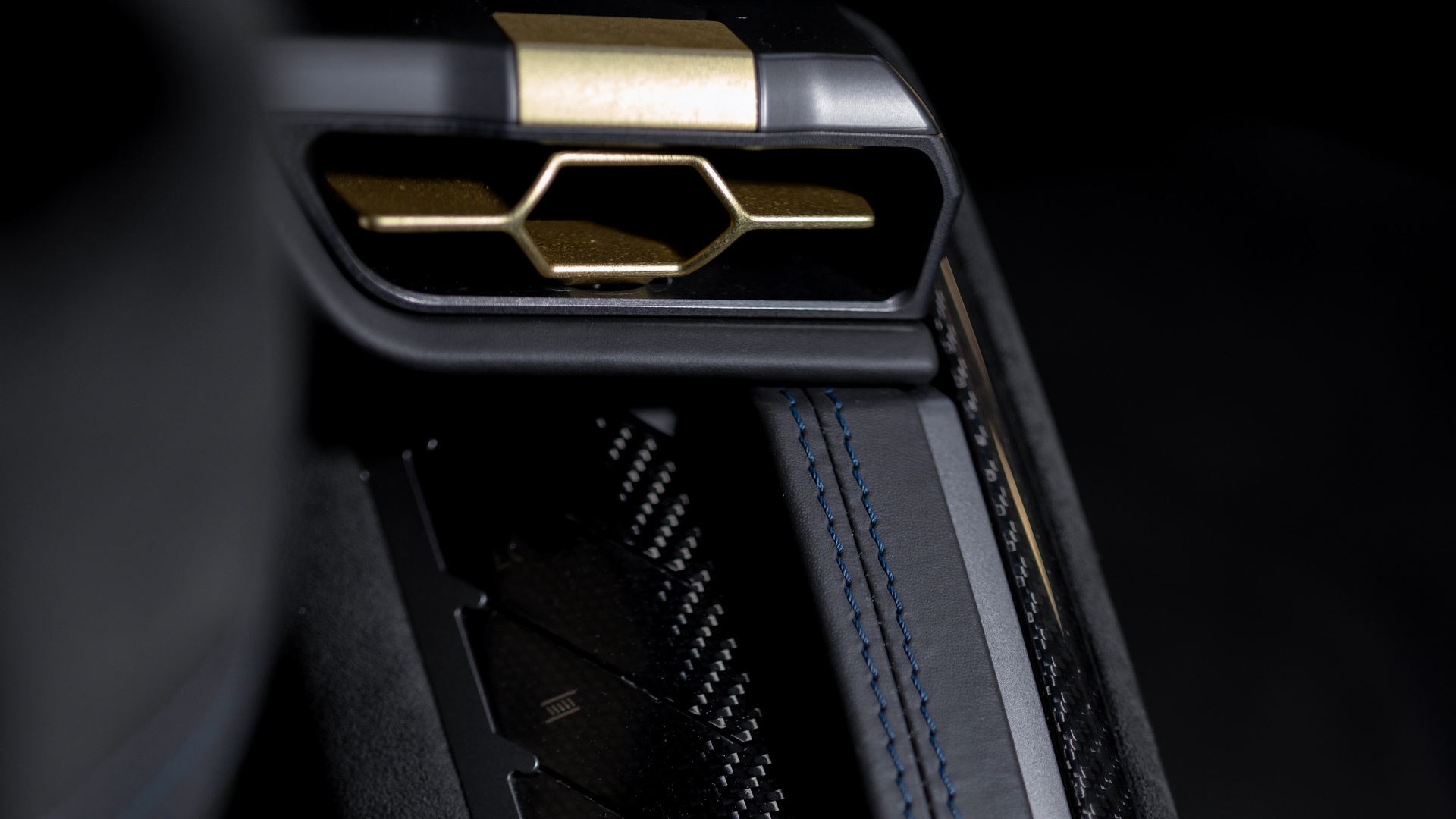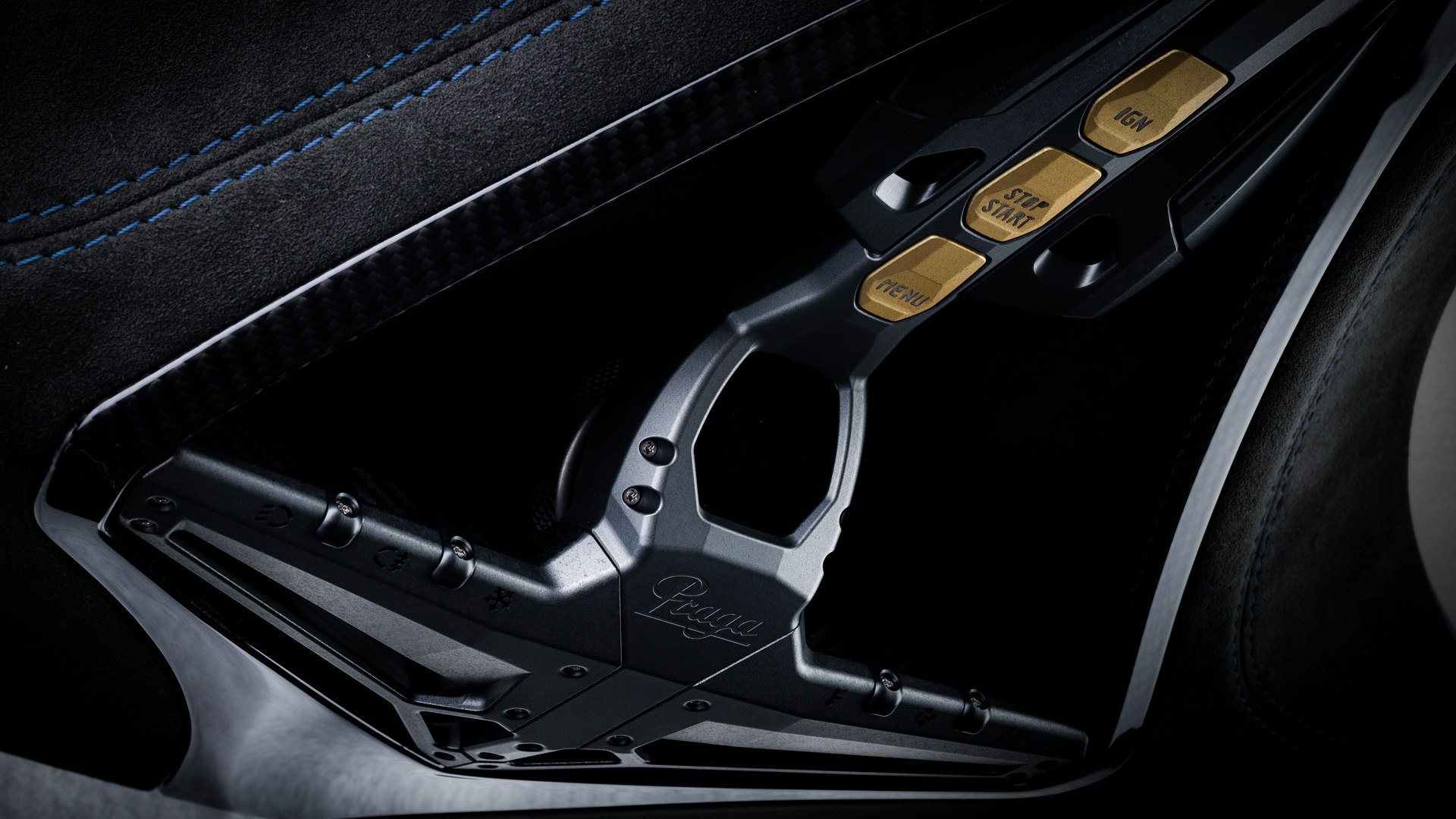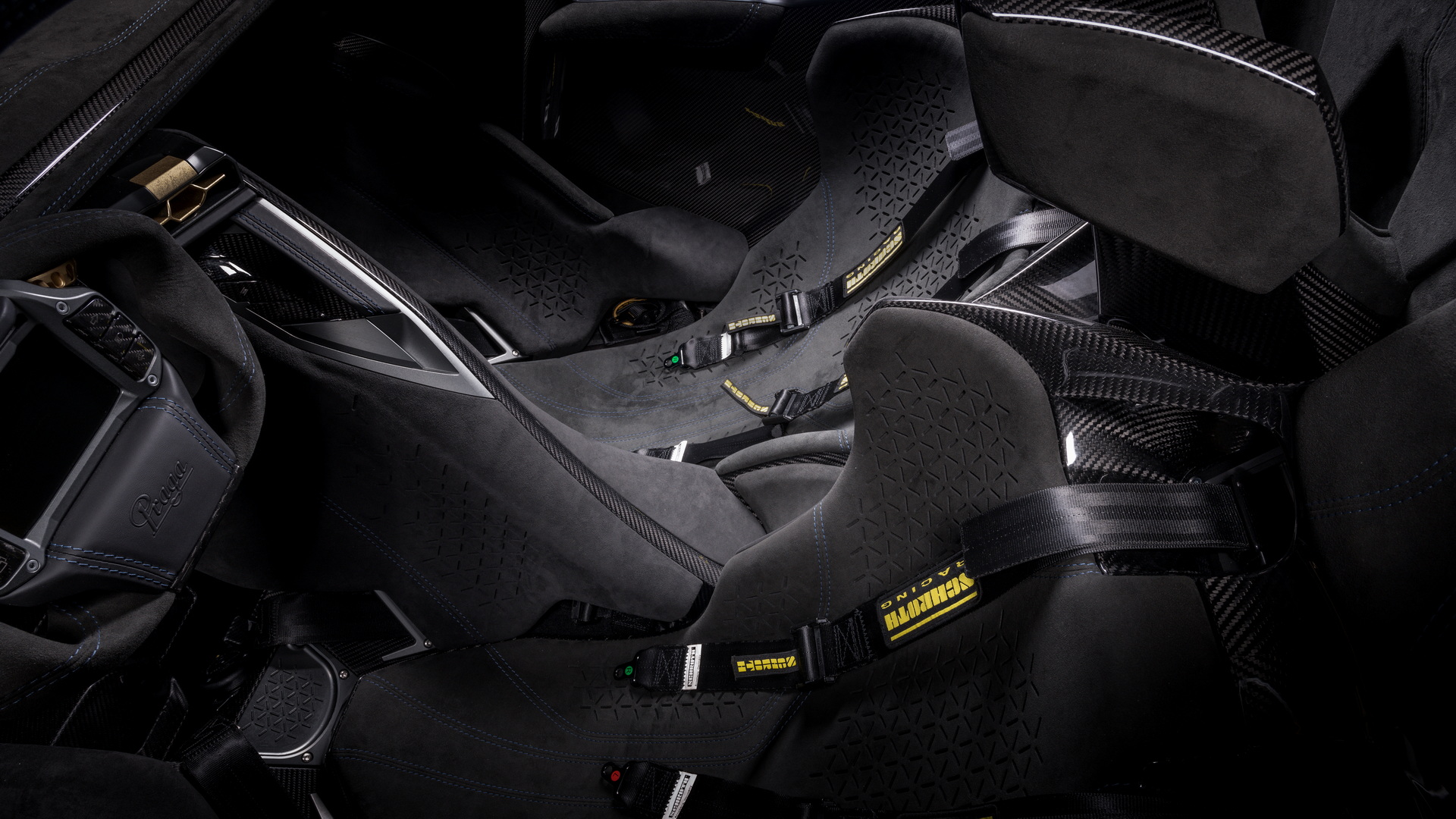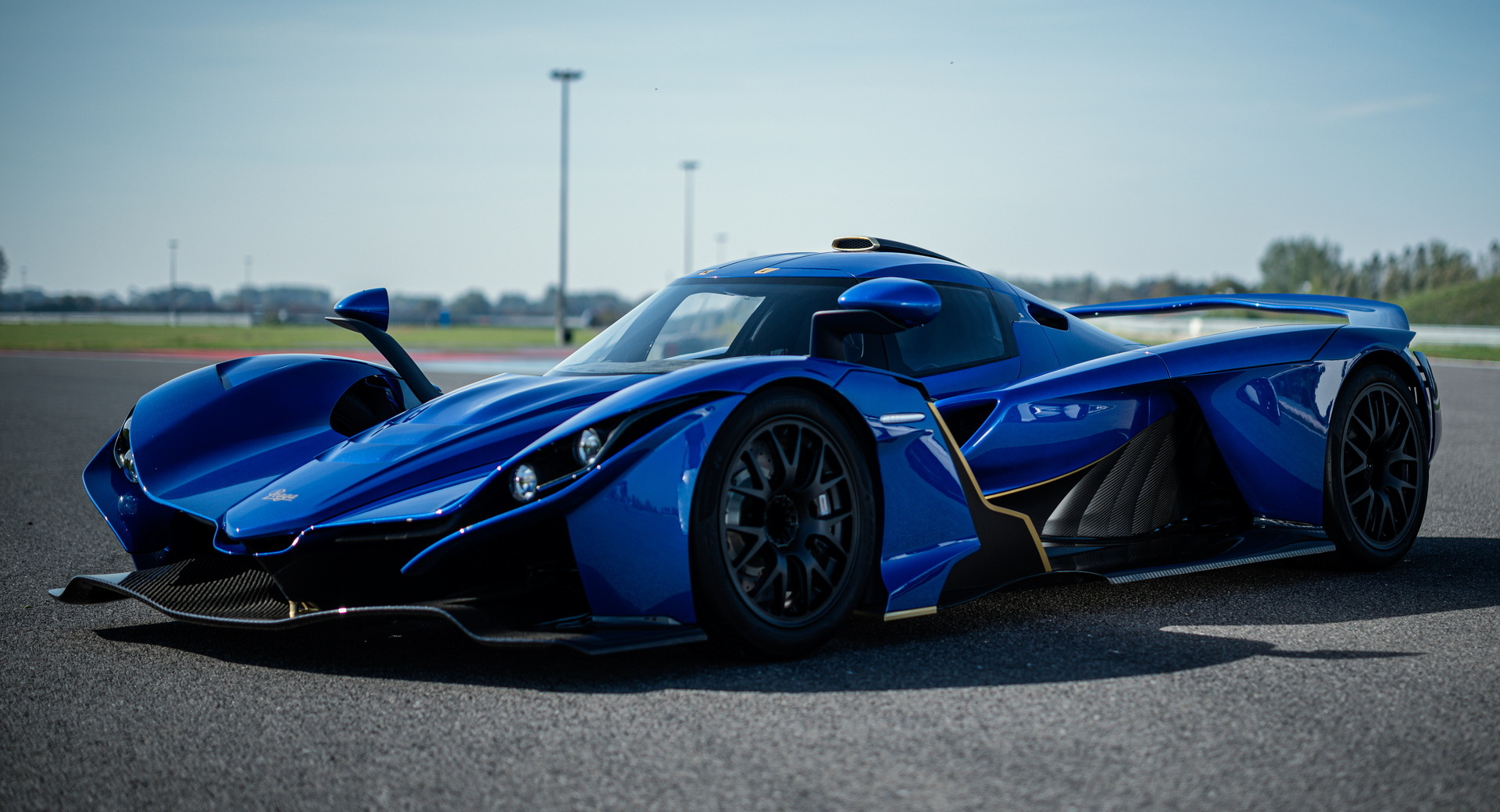Praga is one of the Czech Republic’s best-kept automotive secrets with more than 100 years of history, and countless years of modern racing experience. Now, it will put its expertise on the racetracks of the world onto public roads with the highly limited Bohema supercar.
Powered by the 3.8-liter, twin-turbocharged V6 from a Nissan GT-R, the engine goes straight from Japan to the U.K. to be modified by Litchfield. The tuners strip the engines and convert them to dry sump, which makes them smaller, allowing them to sit lower in the car, and prevents the risk of oil surges under high-speed cornering.
The tuner also adds its own turbos to the engine to make it even more reliable, and push horsepower levels up to 700 hp (522 kW/710 PS) at 6,800 rpm and 534 lb-ft (724 Nm) of torque between 3,000 and 5,000 rpm. Titanium exhausts make the engine sound better, and the power is routed through a 6-speed Hewland sequential gearbox. Its robotic clutch gives it a semi-automatic mode, for more comfortable on-road cruising.
Read: We’ll Soon Be Able To React To Frank Stephenson’s Latest Designs Thanks To Tie Up With Praga
The engine and gearbox are mounted independently of the carbon fiber monocoque that was designed with Praga’s years of on-track experience, to prevent annoying sub-woofer-style resonance vibrations.
To the monocoque, carbon fiber body panels are attached that were designed entirely in-house. The engineering and design teams worked hand-in-hand at an F1 team’s wind tunnel to ensure that the car not only looks good, but can deliver 1,984 lbs (900 kg) of downforce at 155 mph (250 km/h).
That’s nearly the entire weight of the car in downforce. Thanks to its carbon construction, which was specifically chosen to help it keep the pounds down, the car weighs in at less than 1,000 kg (2,204 lbs) wet. It hits 100 km/h (62 mph) from standstill under 2.3 seconds, according to the manufacturer, while it tops out at a sensible 186 mph (299 km/h), which Praga claims is the highest speed realistically achievable on most racetracks.
Like many racecars, the Praga Bohema will have horizontally-mounted pushrod-operated, adjustable dampers. They connect to center-locking wheels that are 18-inches at the front and 19-inches at the back. They cover 380 mm carbon ceramic discs with six-piston calipers. All in, Praga’s engineers were able to keep unsprung mass limited to just 396.8 lbs (180 kg), which means that the ride can remain supple enough for the road without resorting to a heavy adaptive suspension system.
To ensure that it’s as good on track as it is on the road, though, Praga turned to its old pal, former F1 driver and current IndyCar ace, Romain Grosjean. Ultimately, the automaker says it’s targeting GT3 race car lap times for this supercar.
“I was astonished by the Bohema’s amazing performance on track, its accessibility on road, and the ease of transition between the two,” said Grosjean. “Praga truly delivered on my challenge! On the road, you get a smooth ride, the car eliminates the bumps, you can chat with the passenger, and everything is calm and OK. Then simply switch focus, and you are on the track.”
Inside, meanwhile, Praga said it was important for it to design a car that’s comfortable enough for large adults. It features adjustable seats, steering wheel, pedals, and more. It has storage for your smartphone and water bottles, as well as air conditioning for warmer days. Praga says that the cockpit’s design was inspired by its aviation and racing divisions, which explains the extensive use of Alcantara.
In all, Praga will build just 89 Bohemas, to celebrate the 89th anniversary of the Praga Alfa’s victory at the 1,000 miles of Czechoslovakia road race in 1933. Prices for the supercar will start at $1.31 million and production is expected to begin in the Czech Republic, in the second half of 2023. Once production is up and running, it hopes to build 20 Bohemas per year. The company is now taking orders and is in discussions for sales in the U.S., the U.K., Germany, Japan, Hong Kong, Australia, and other supercar markets.








